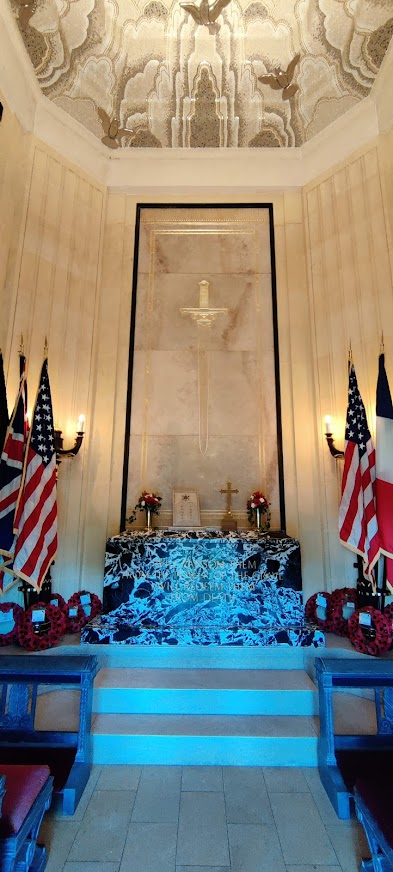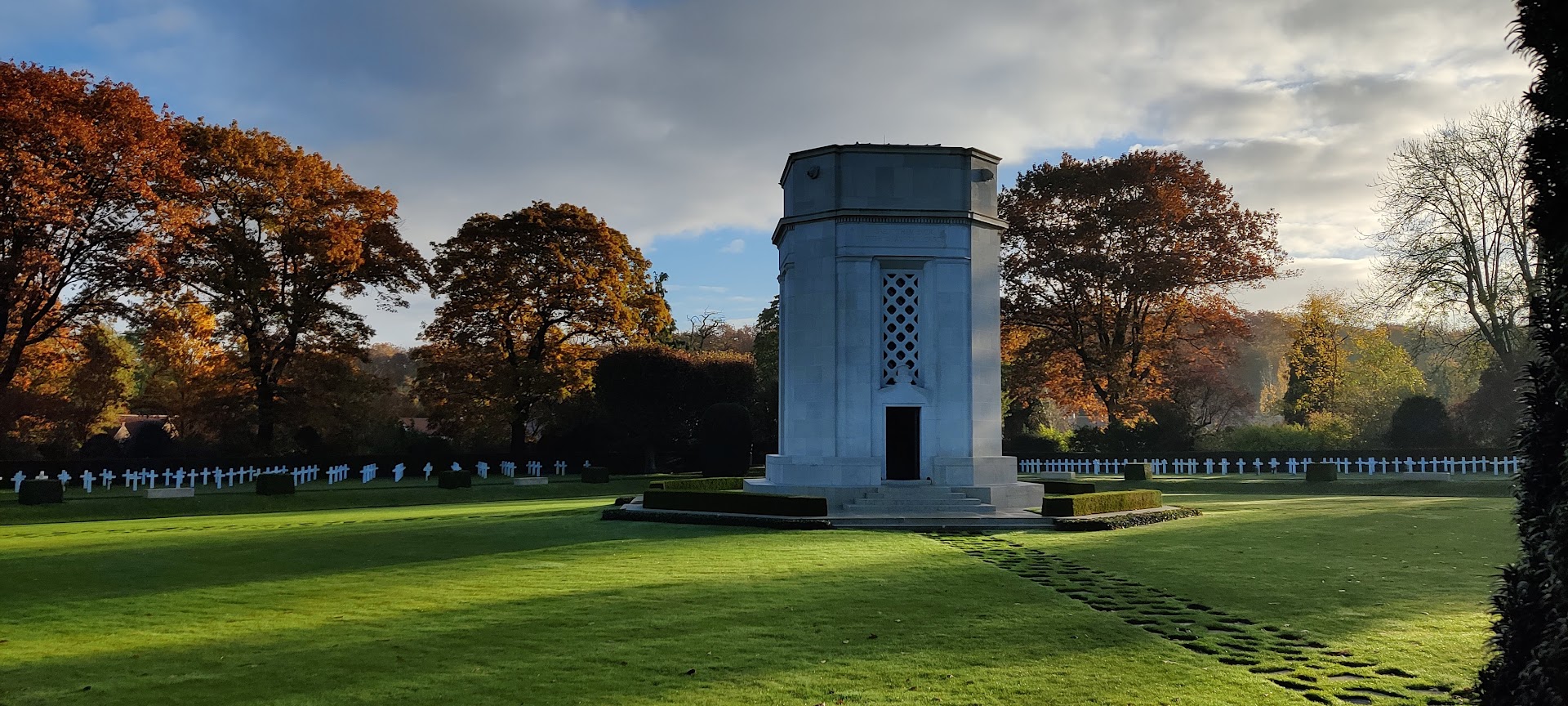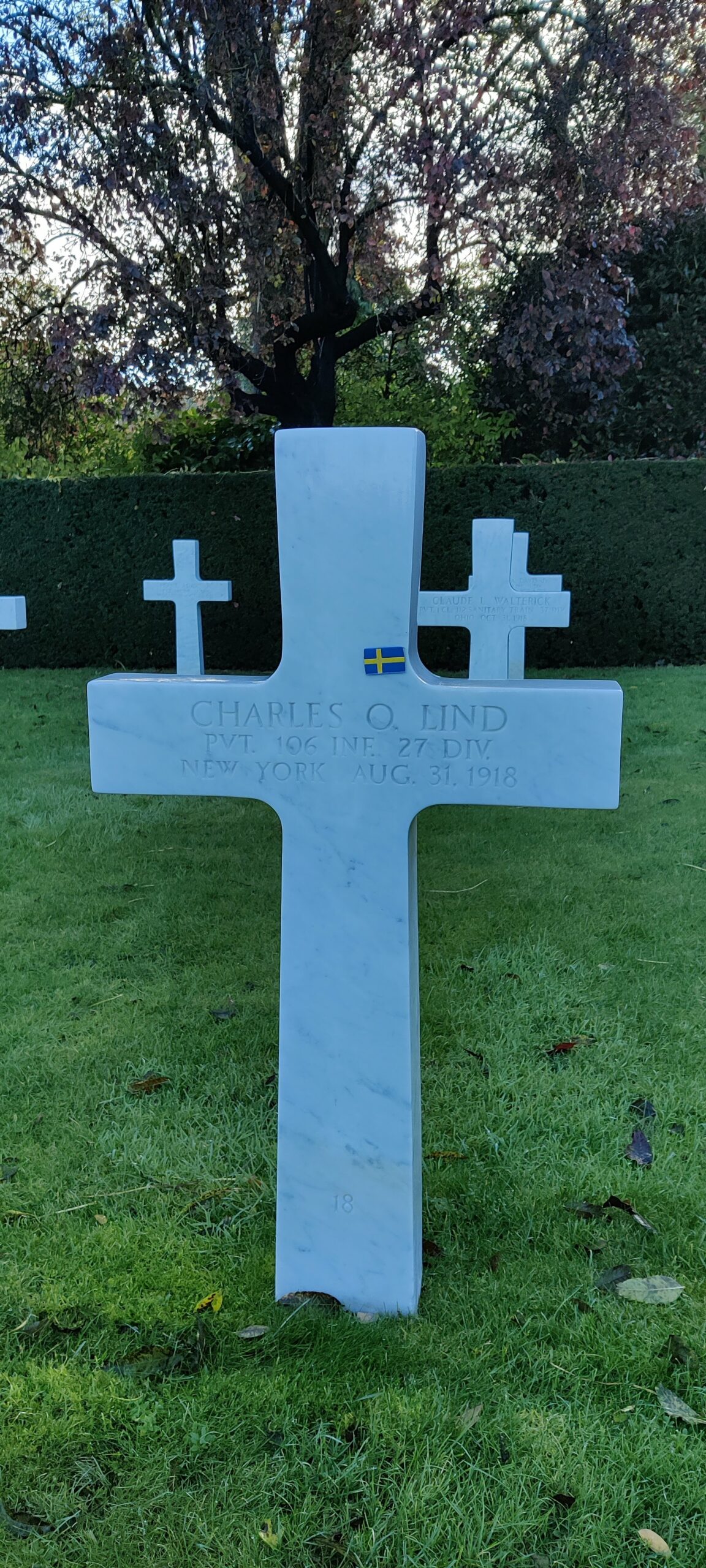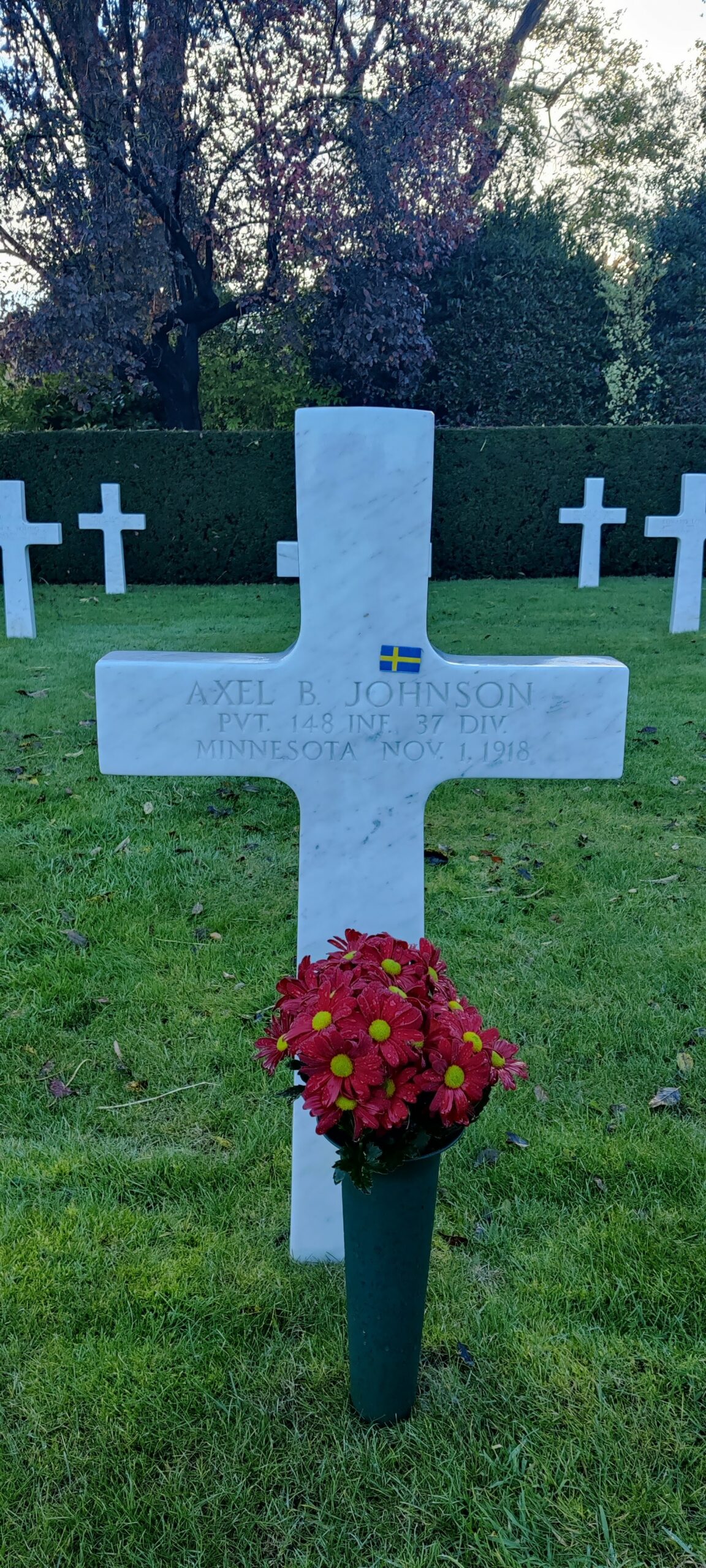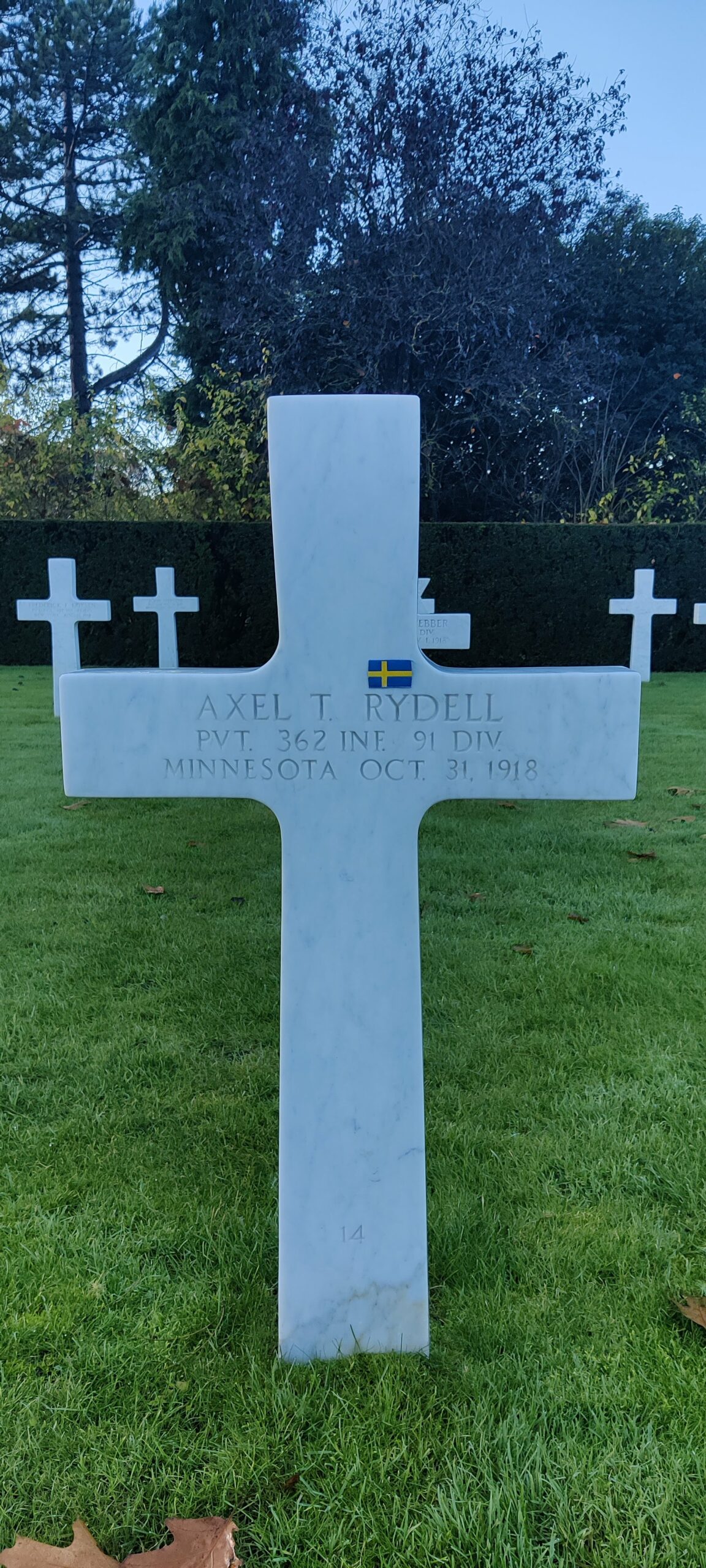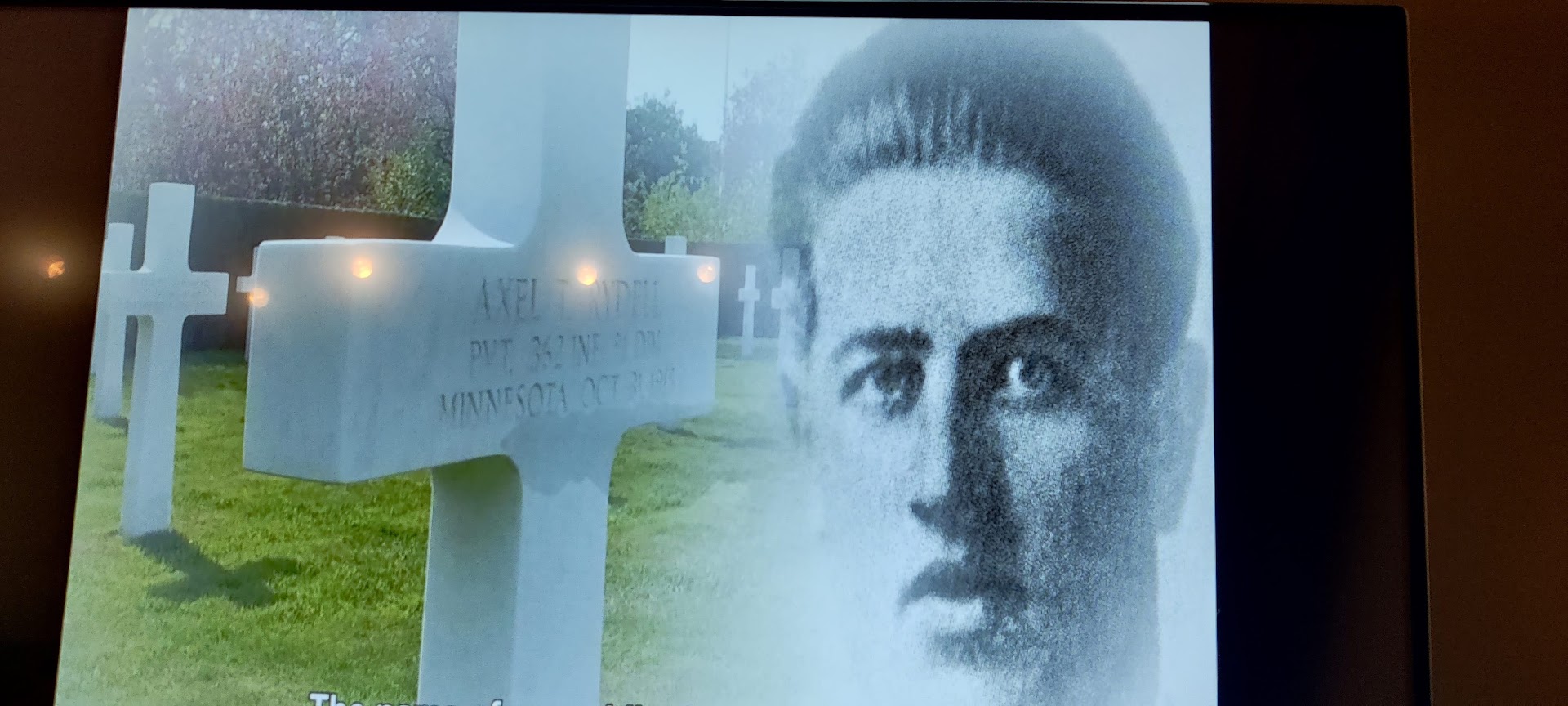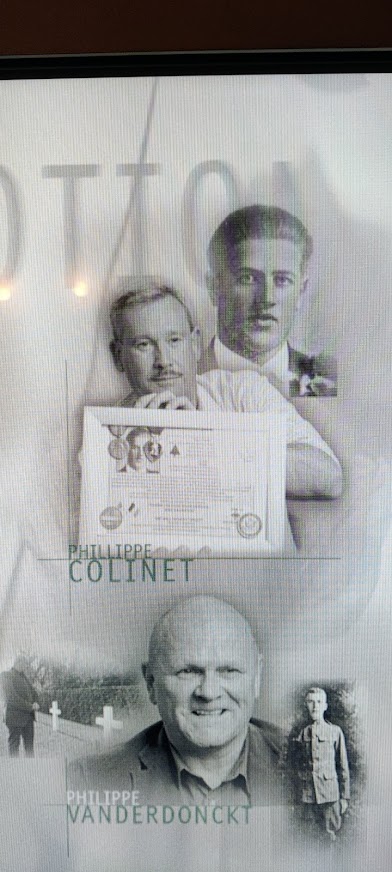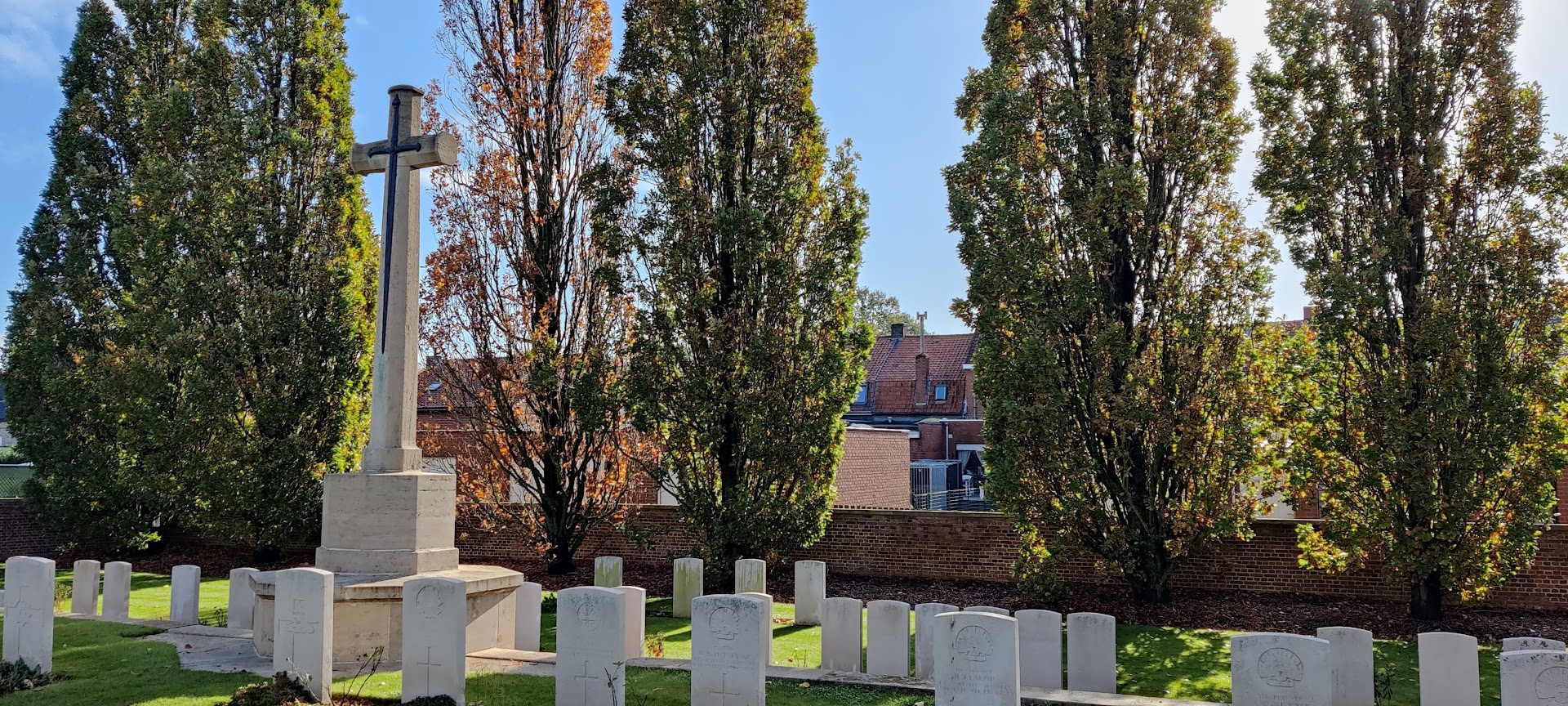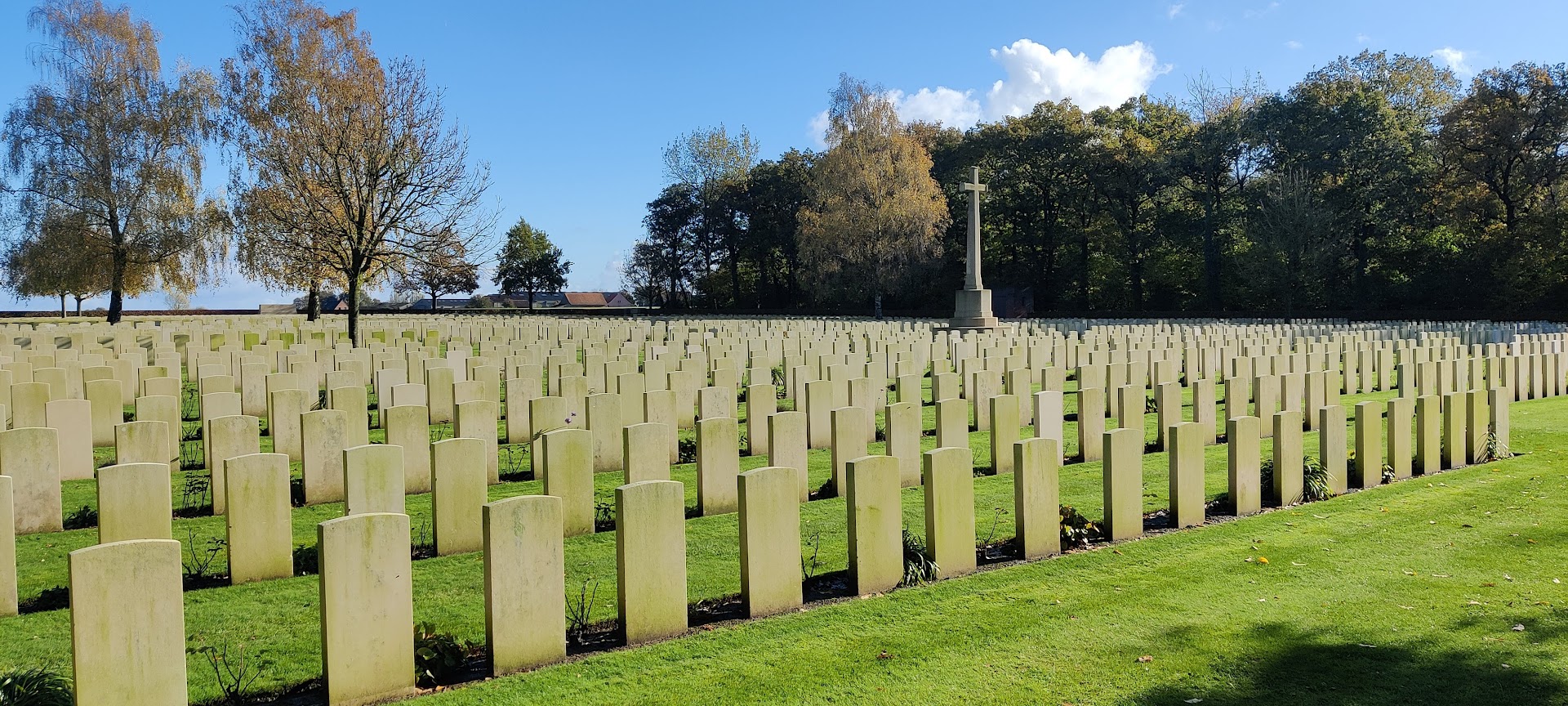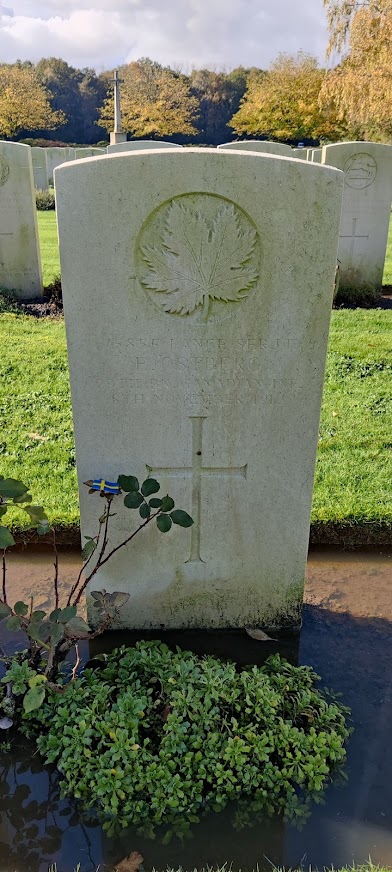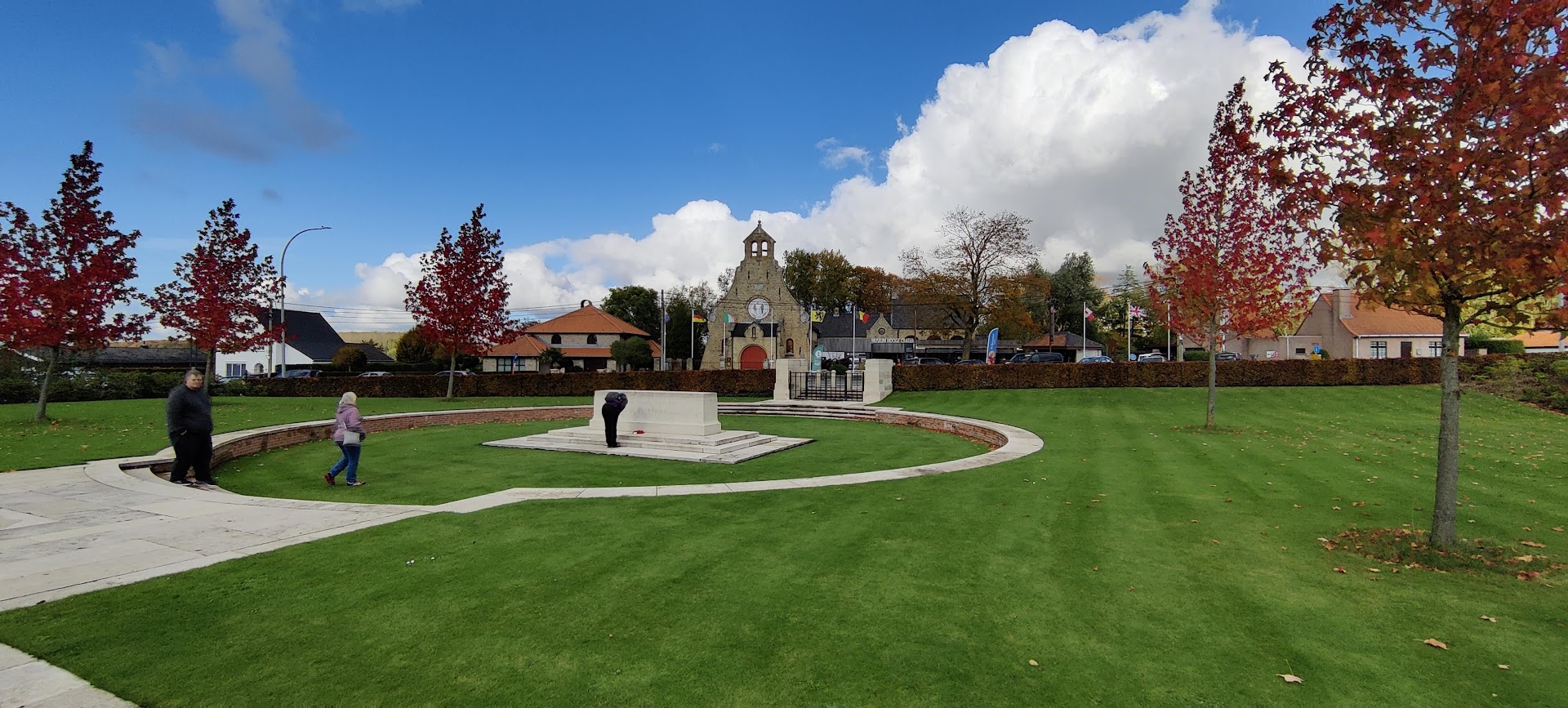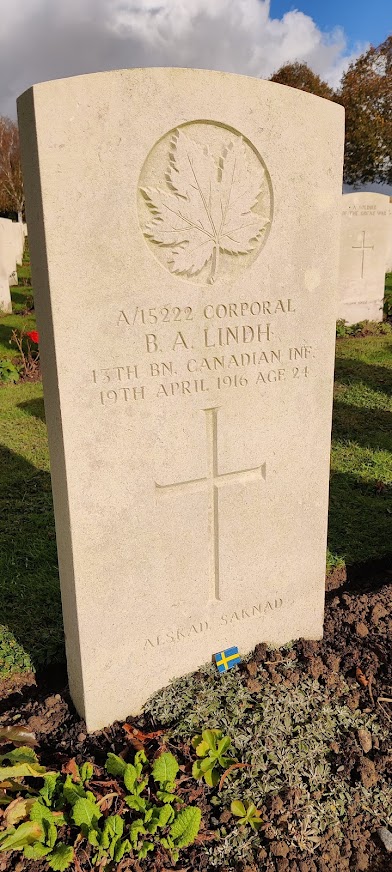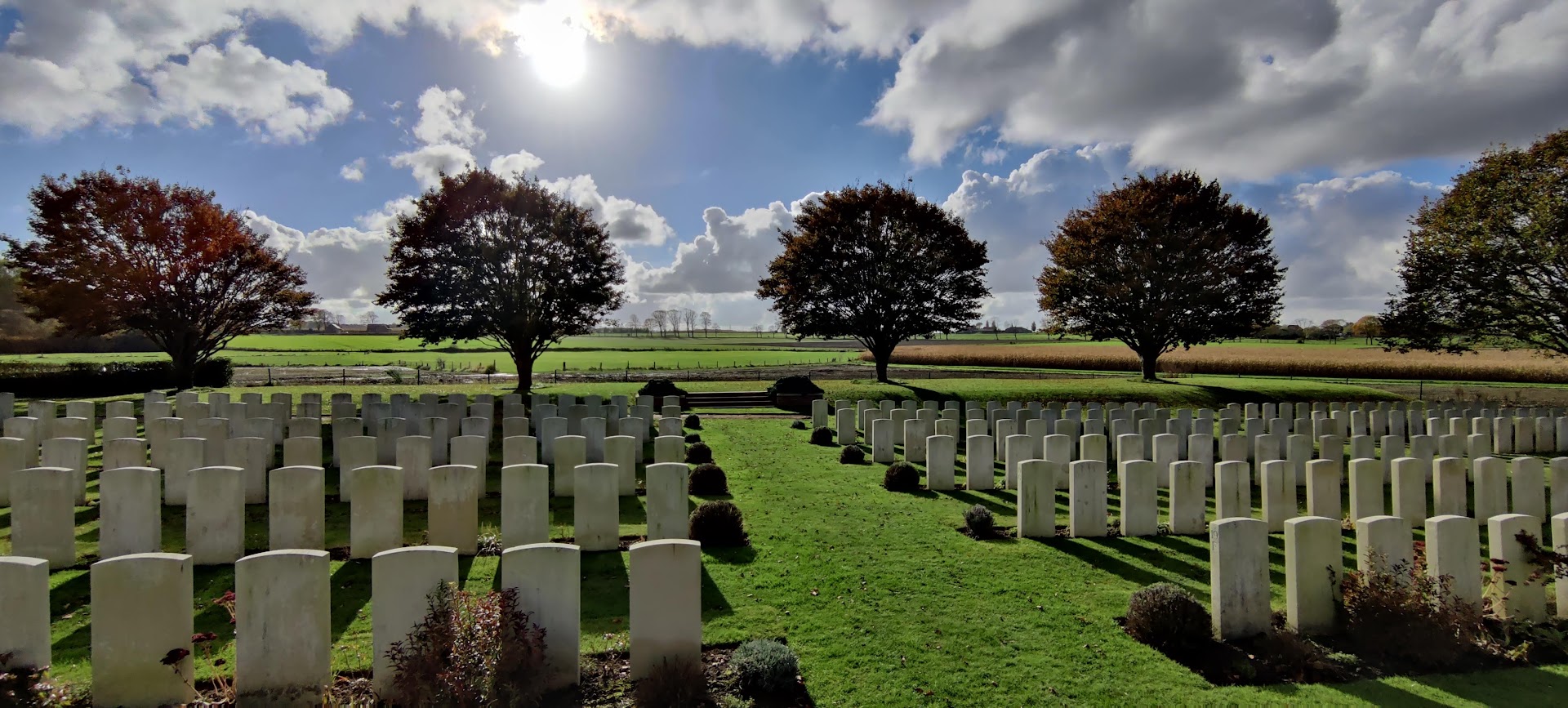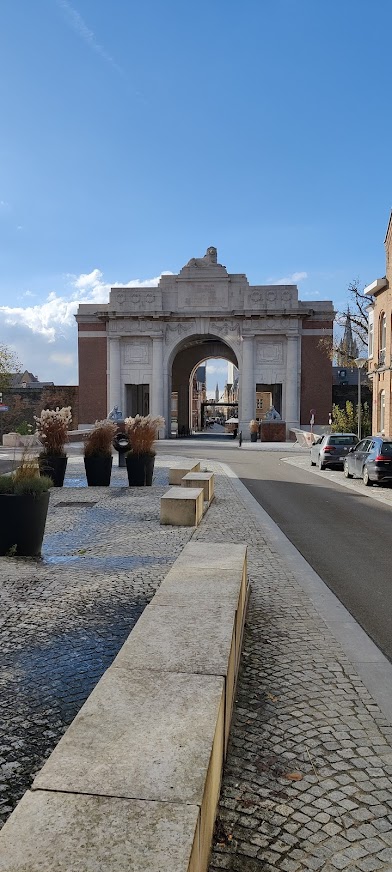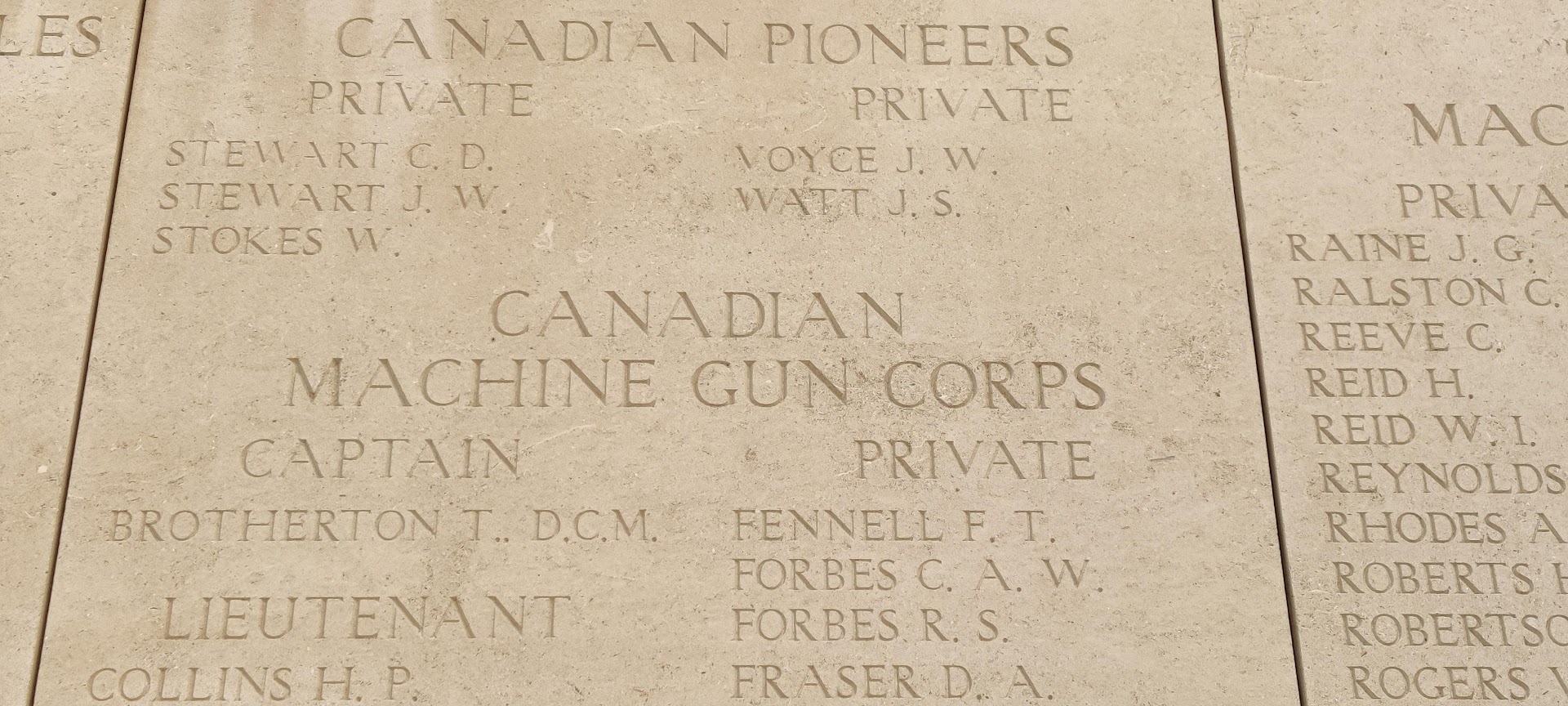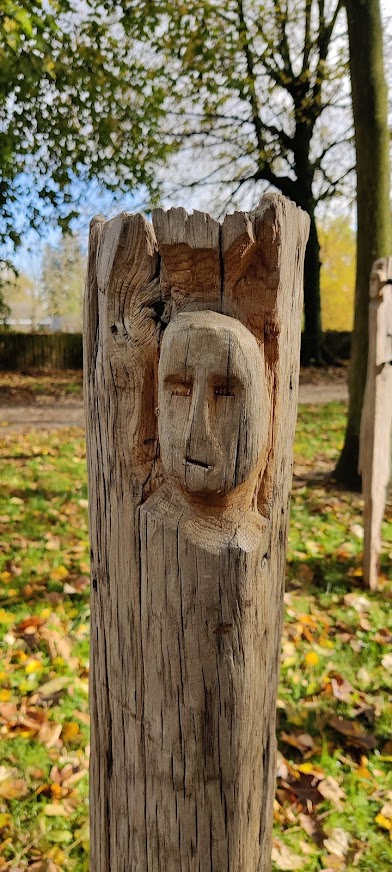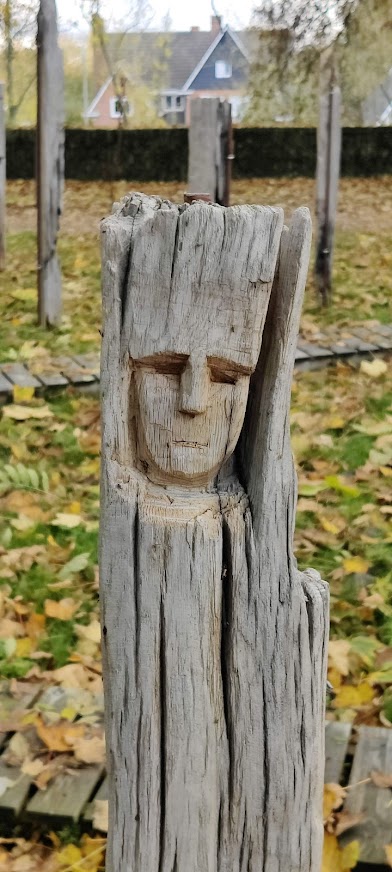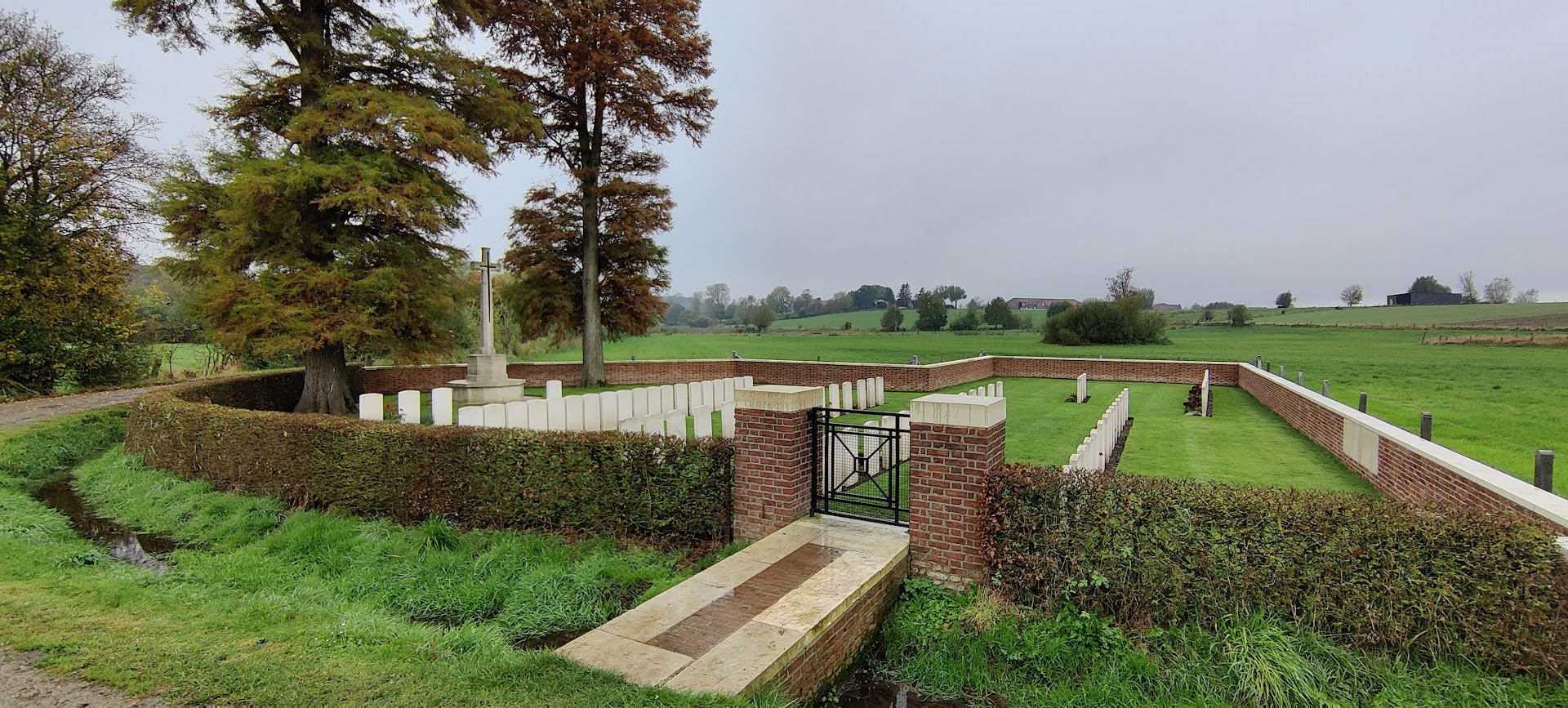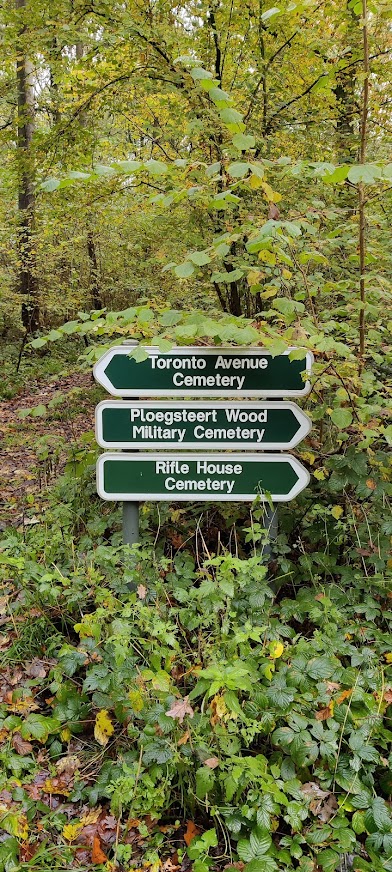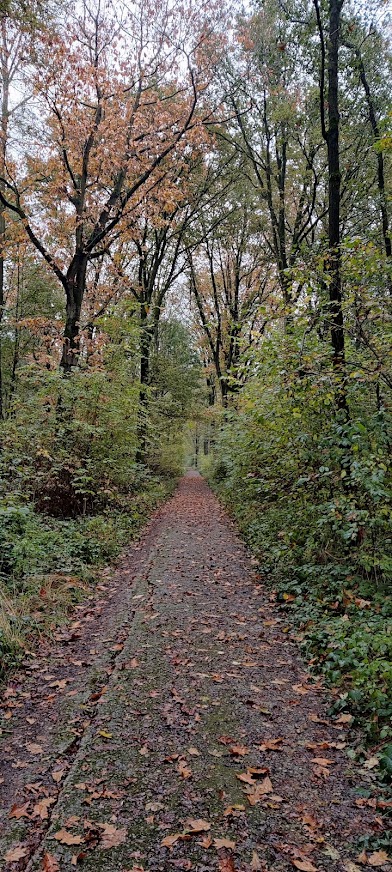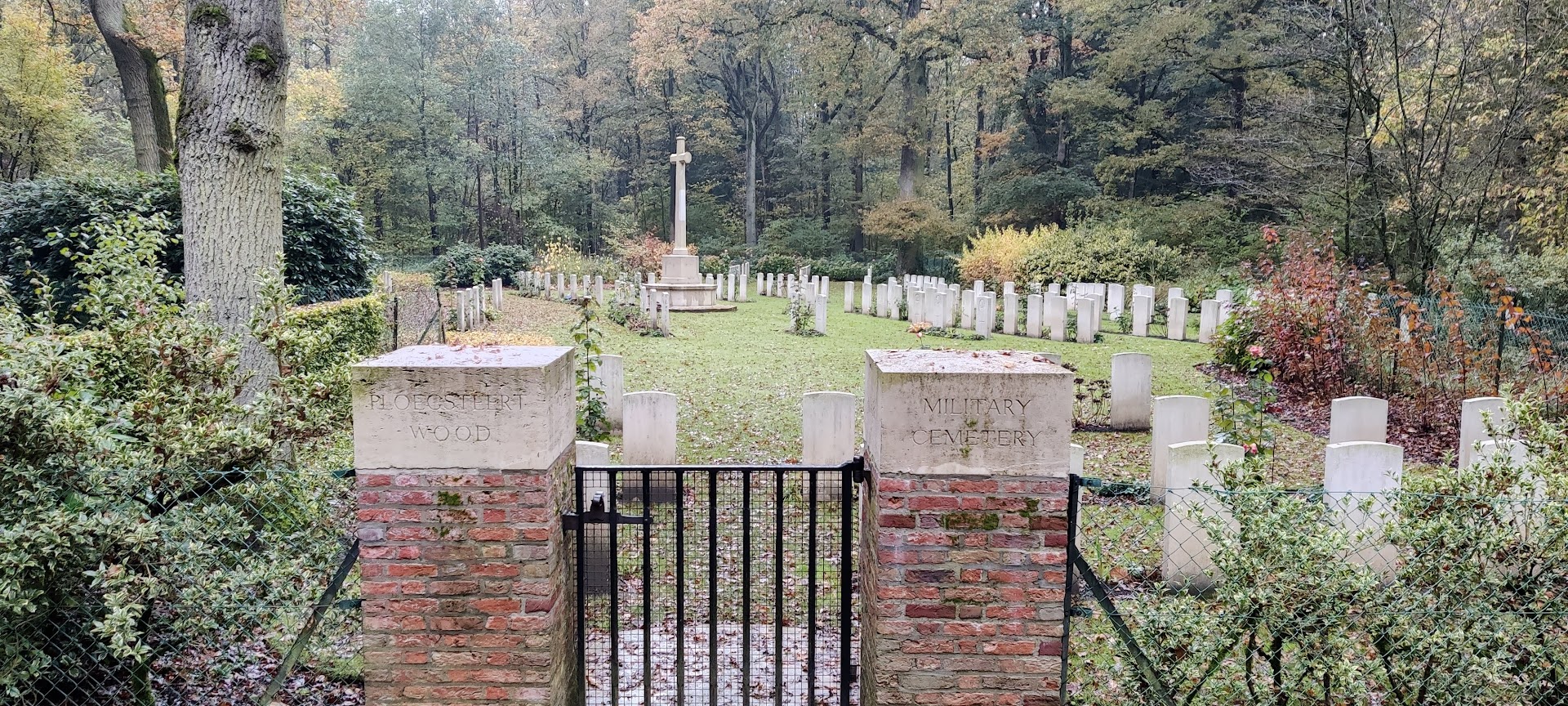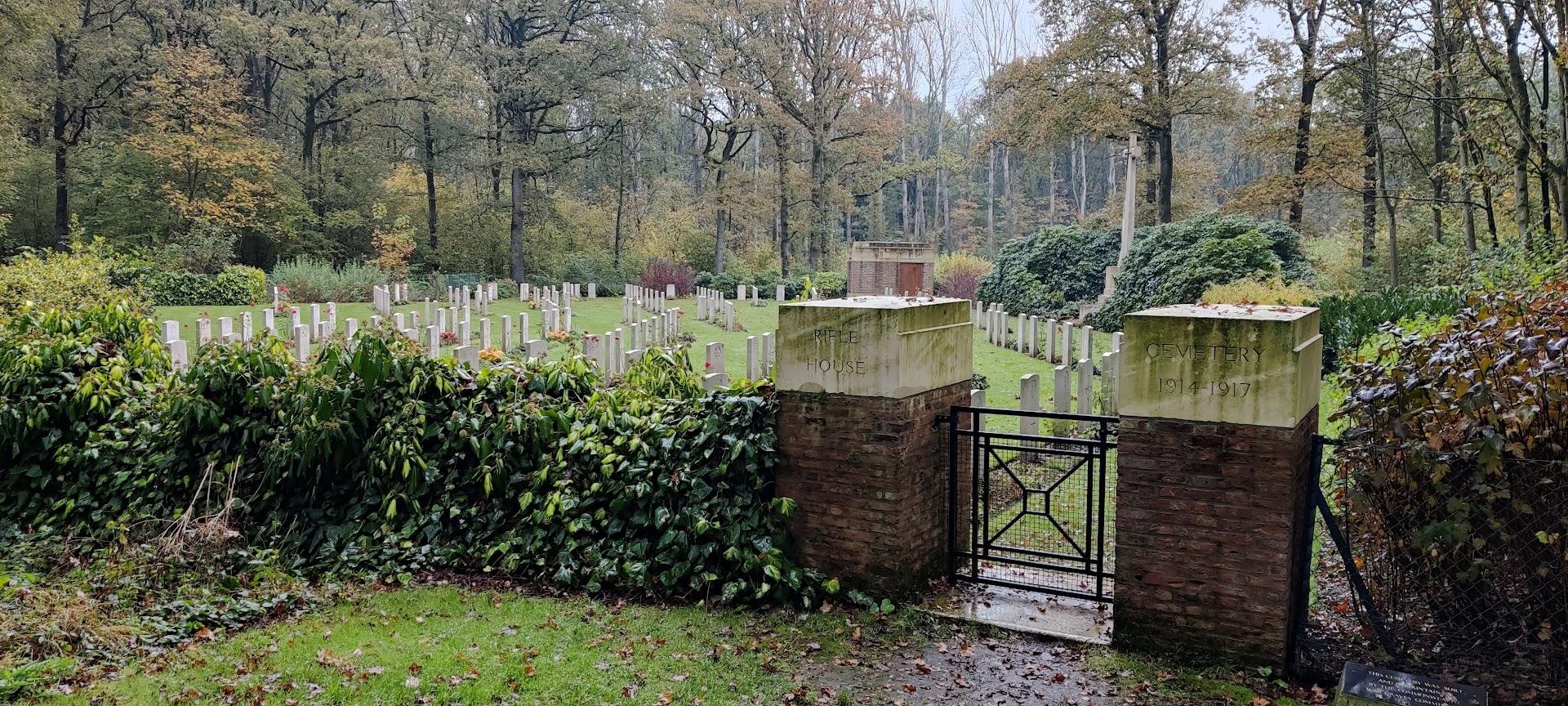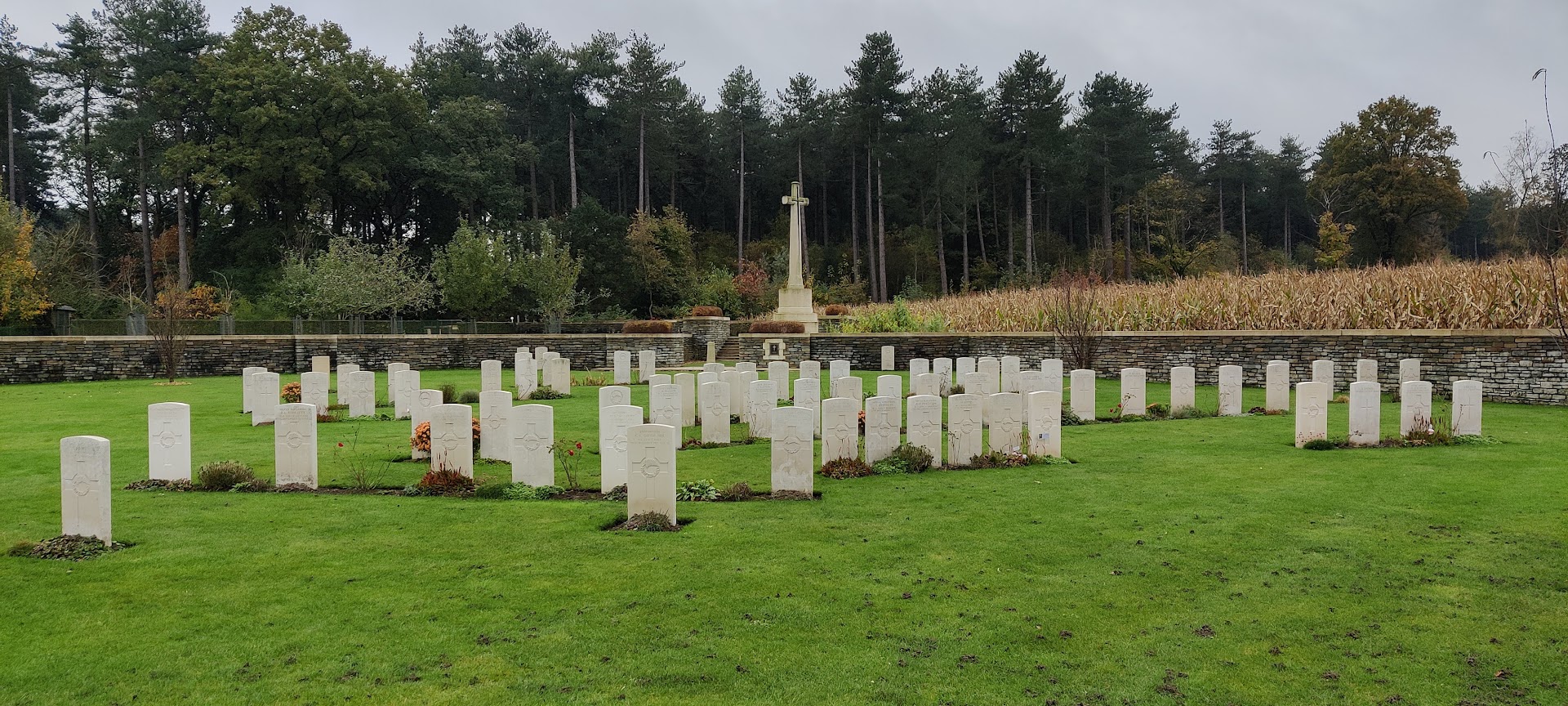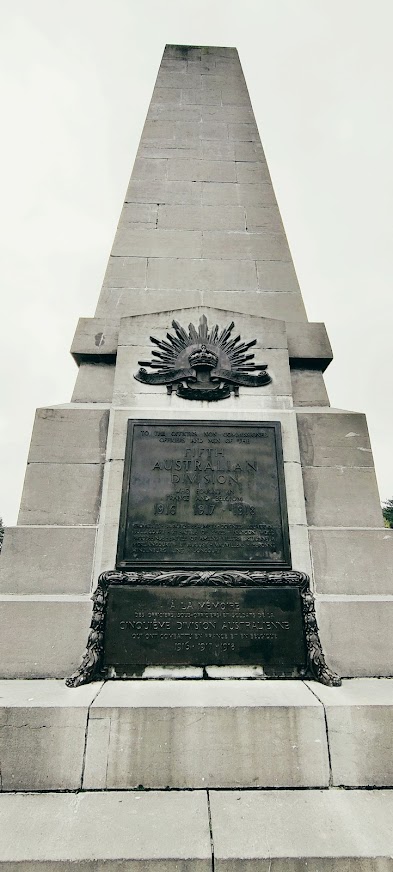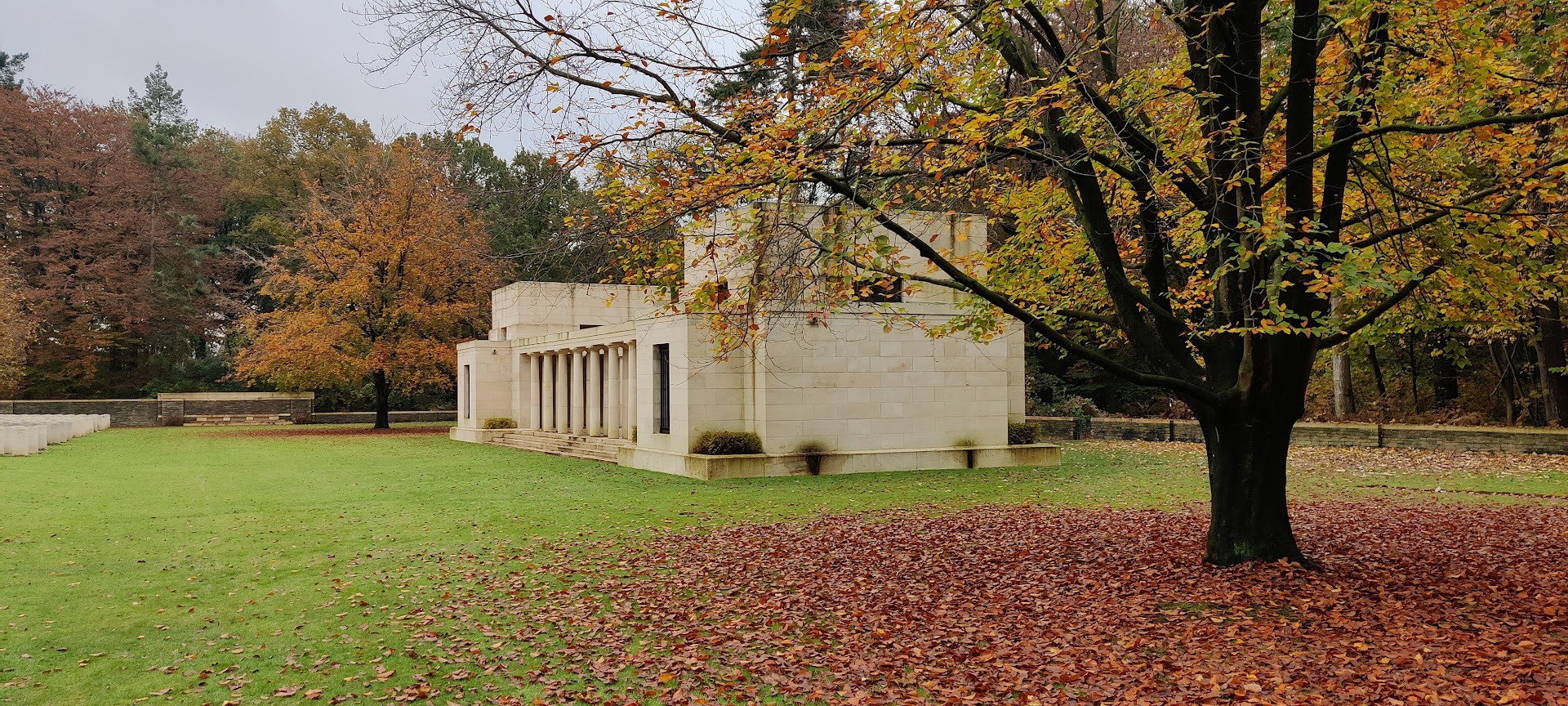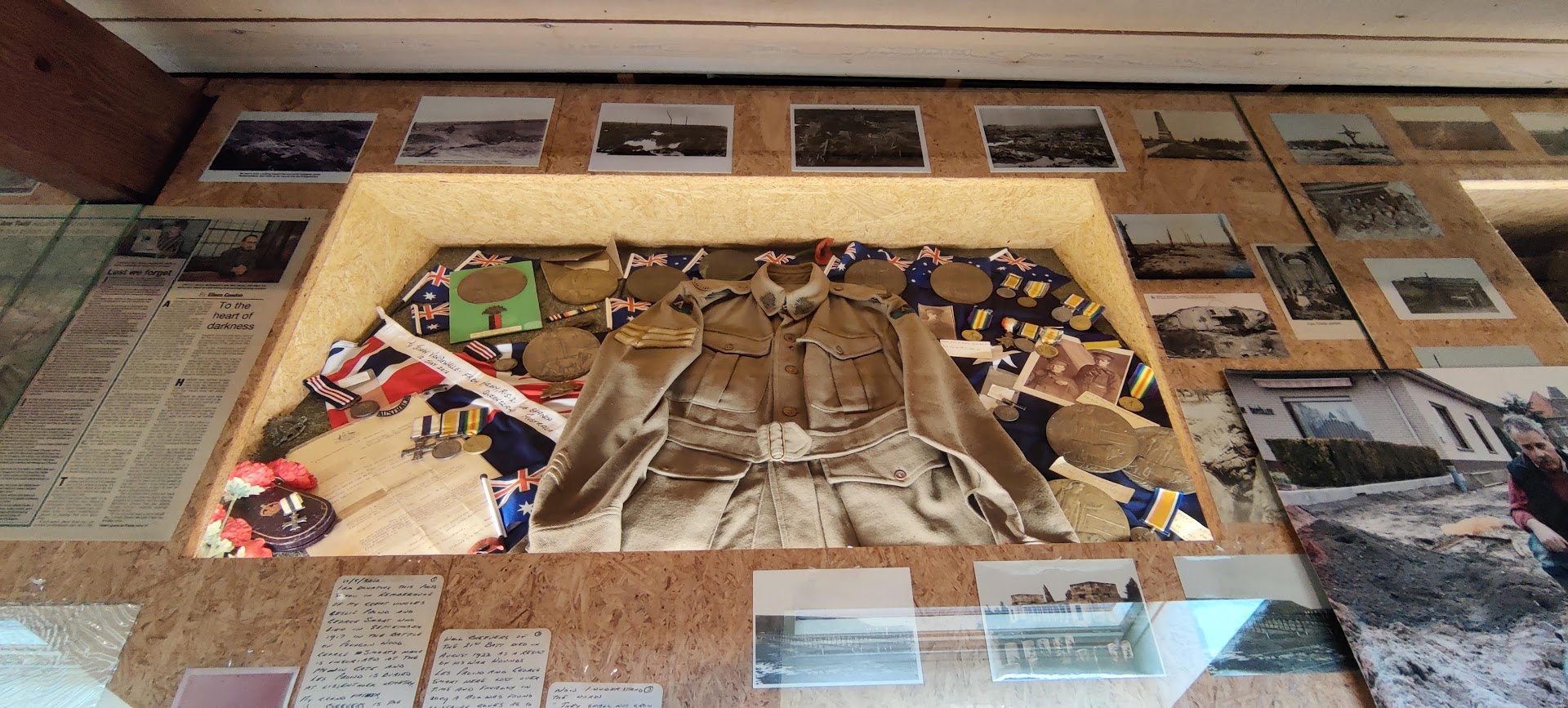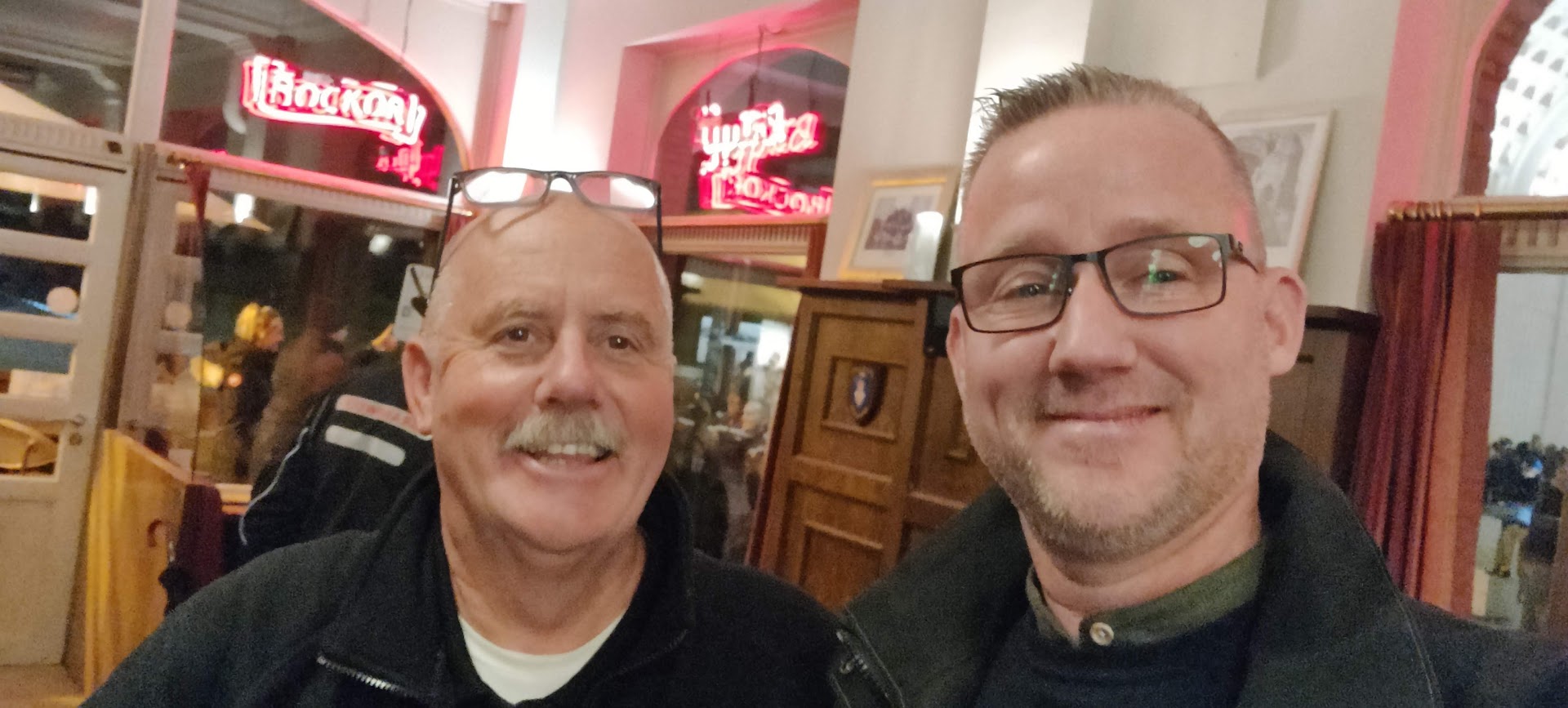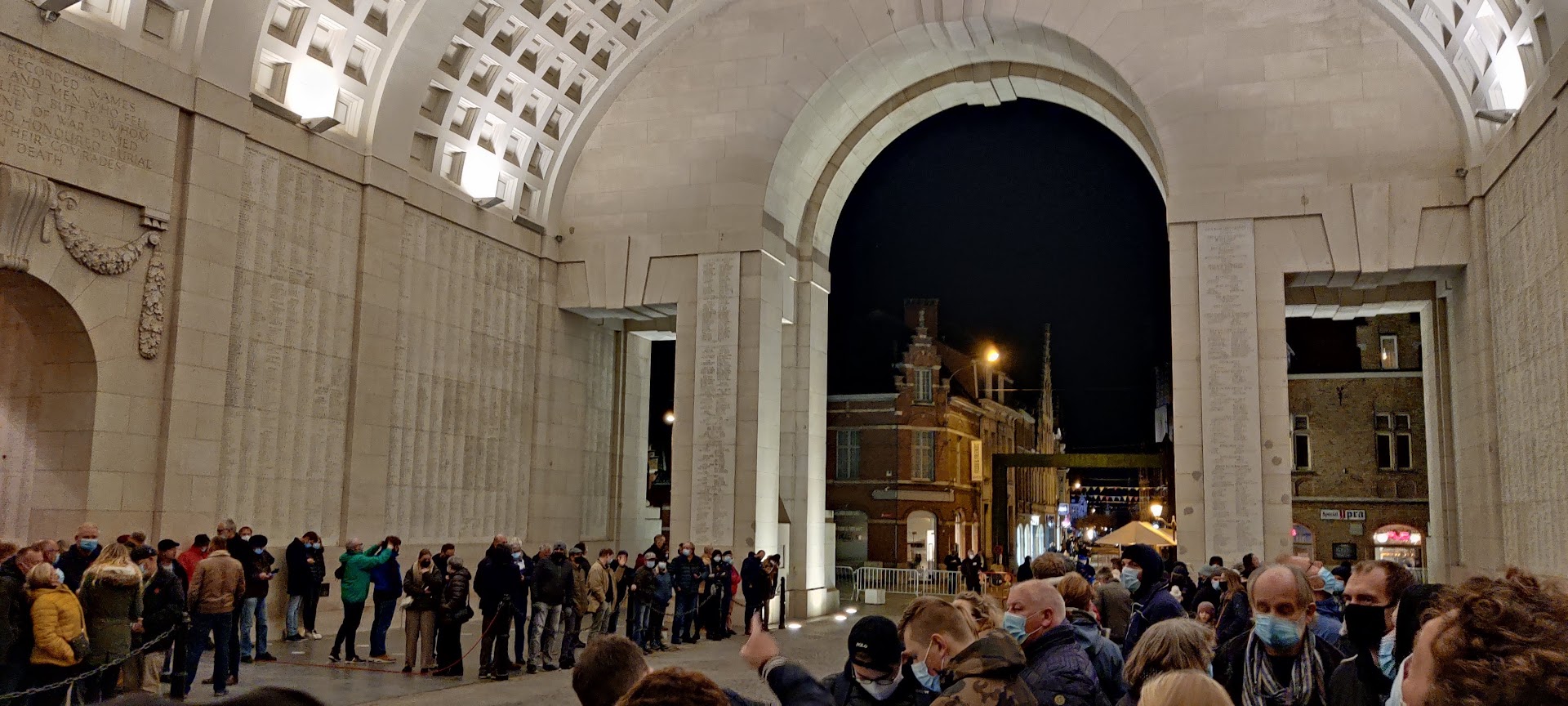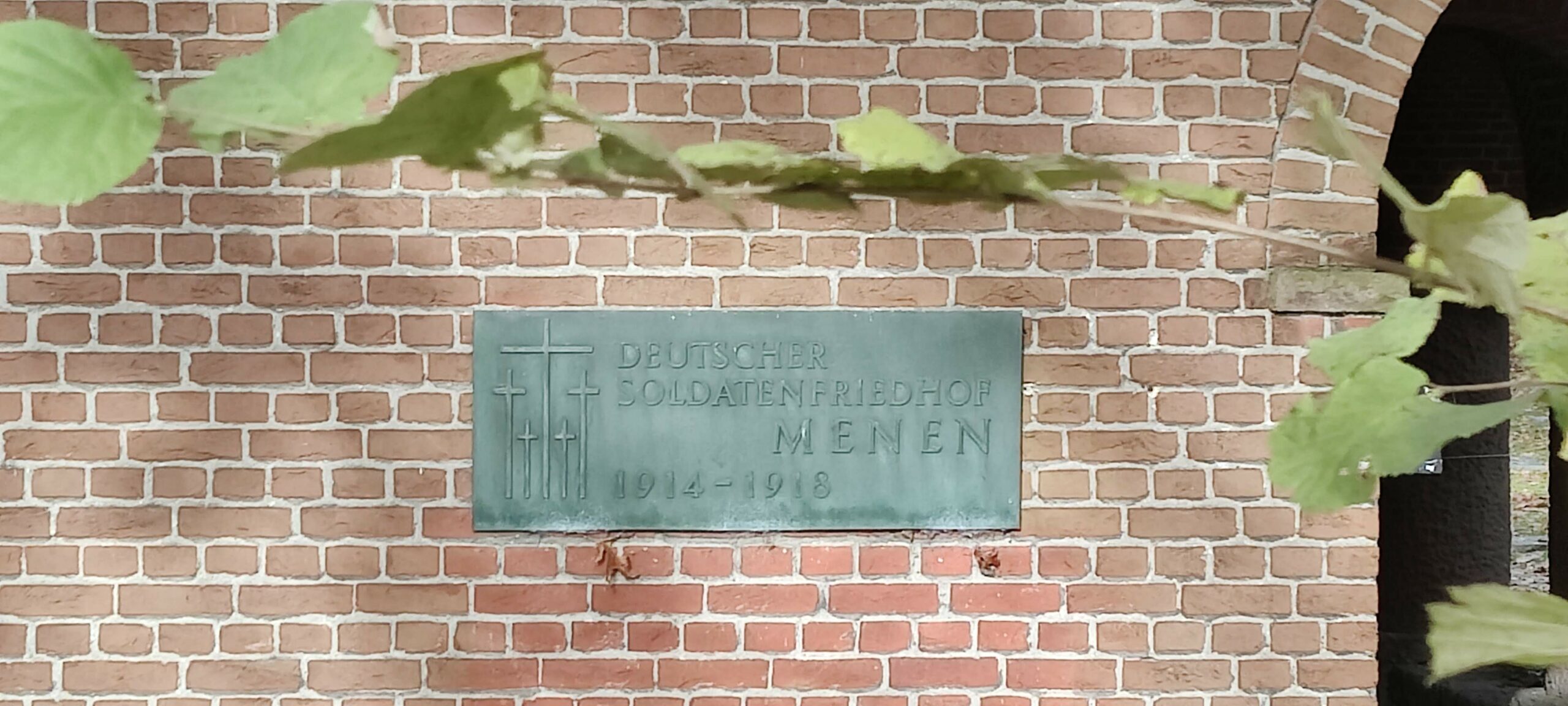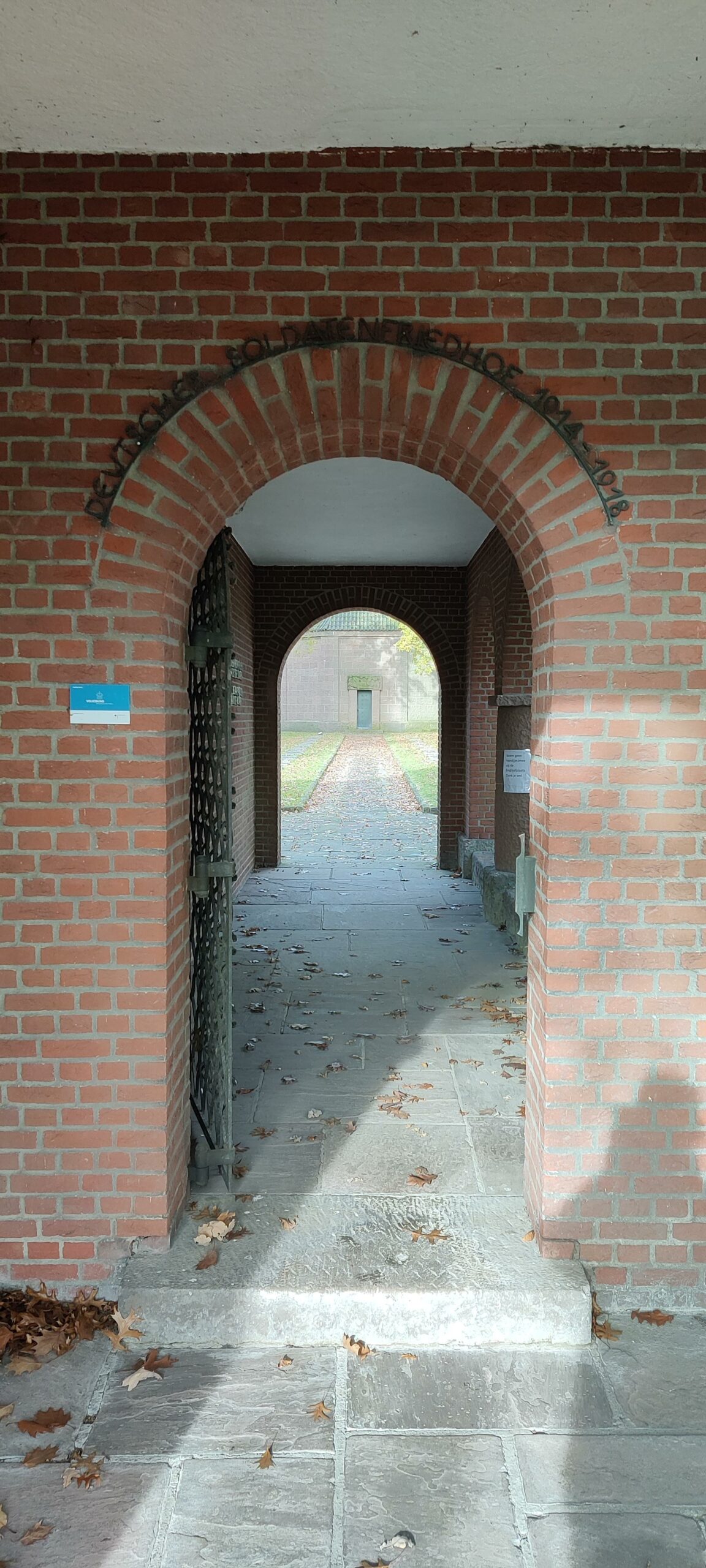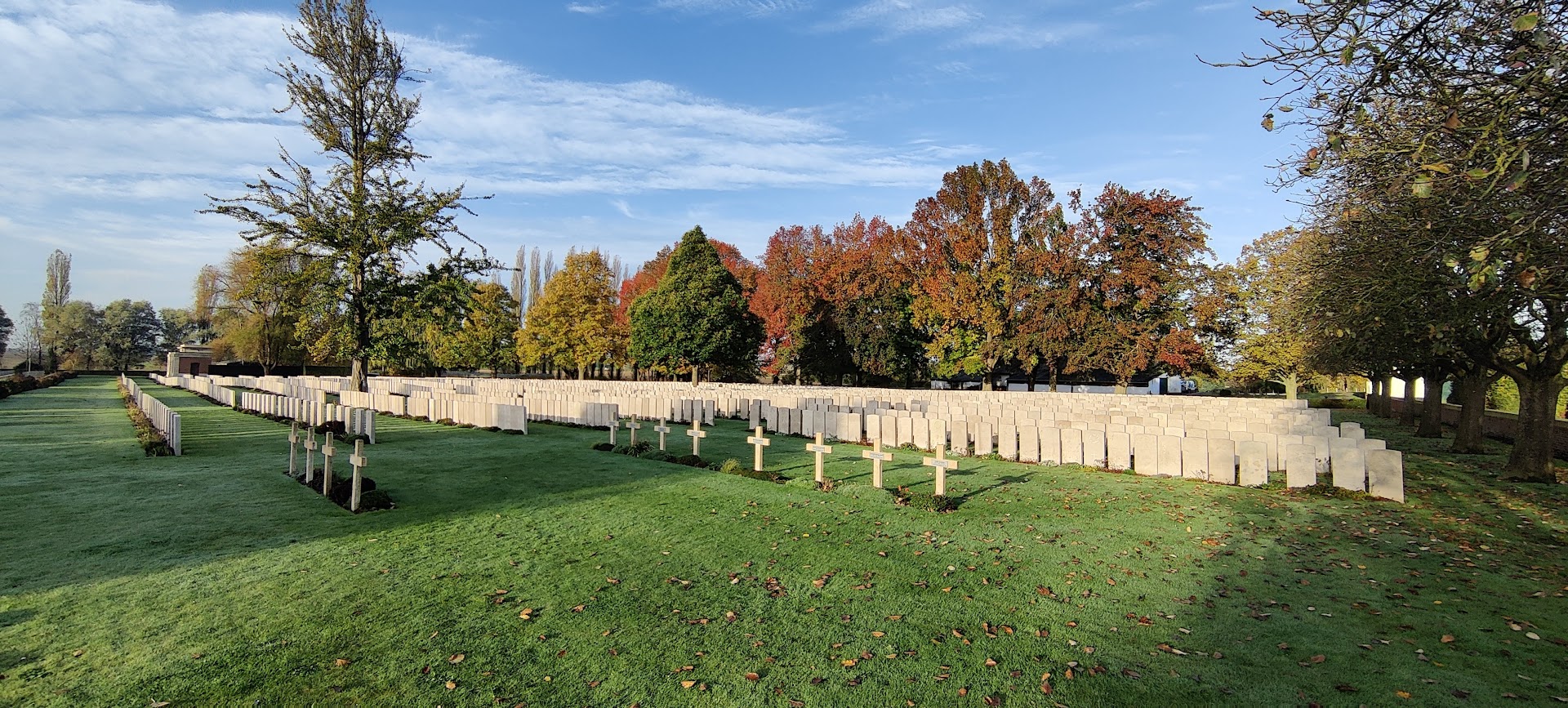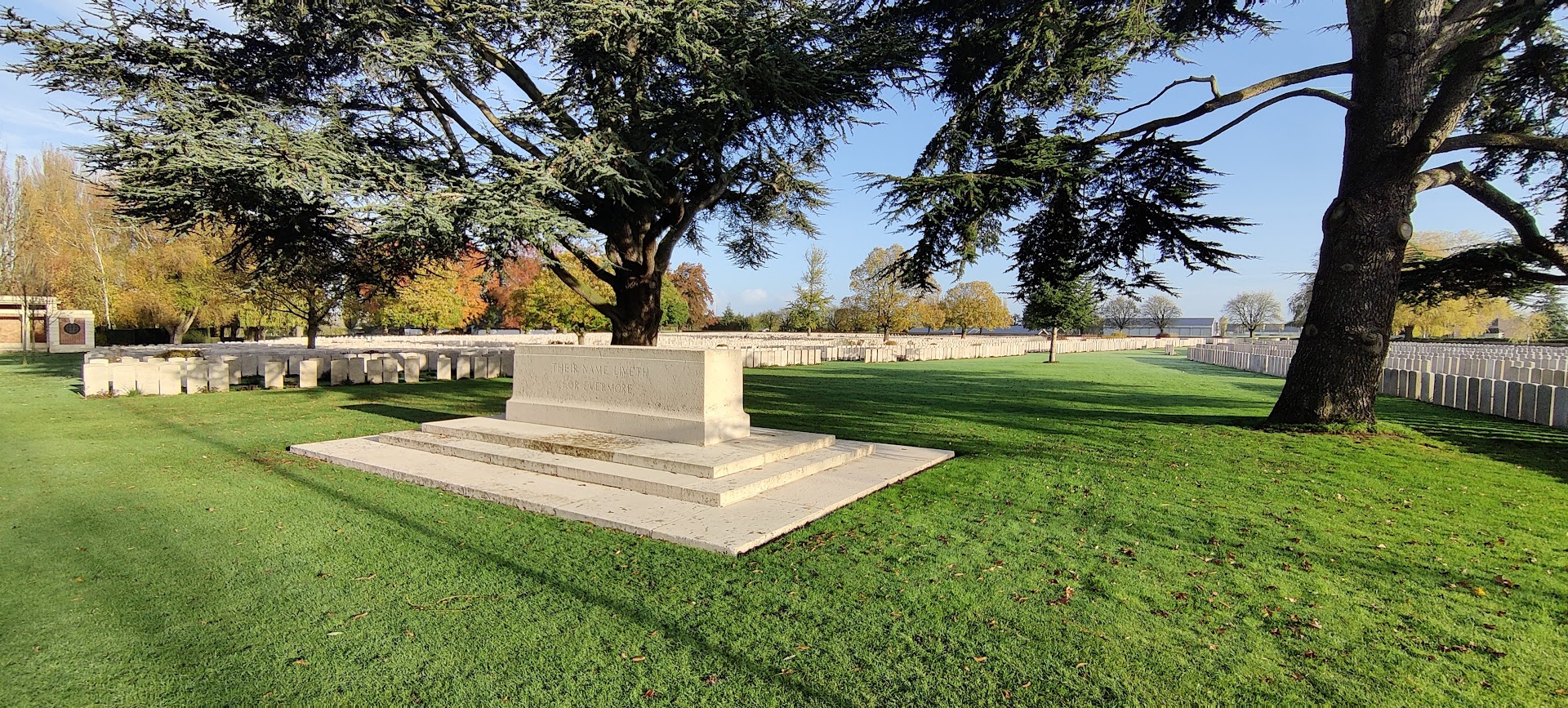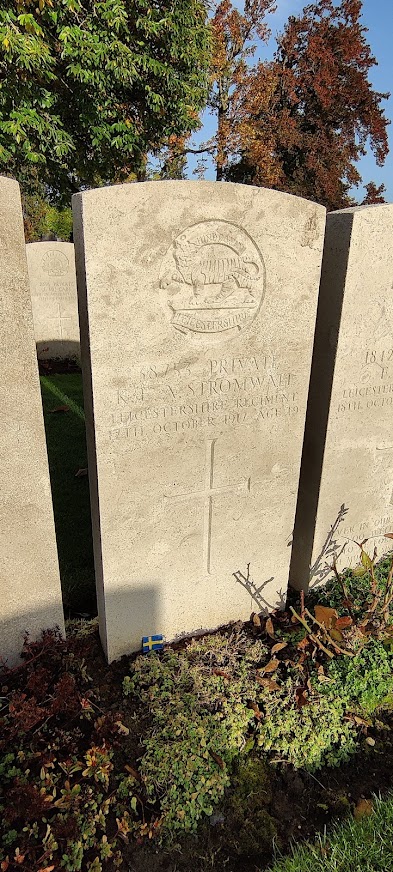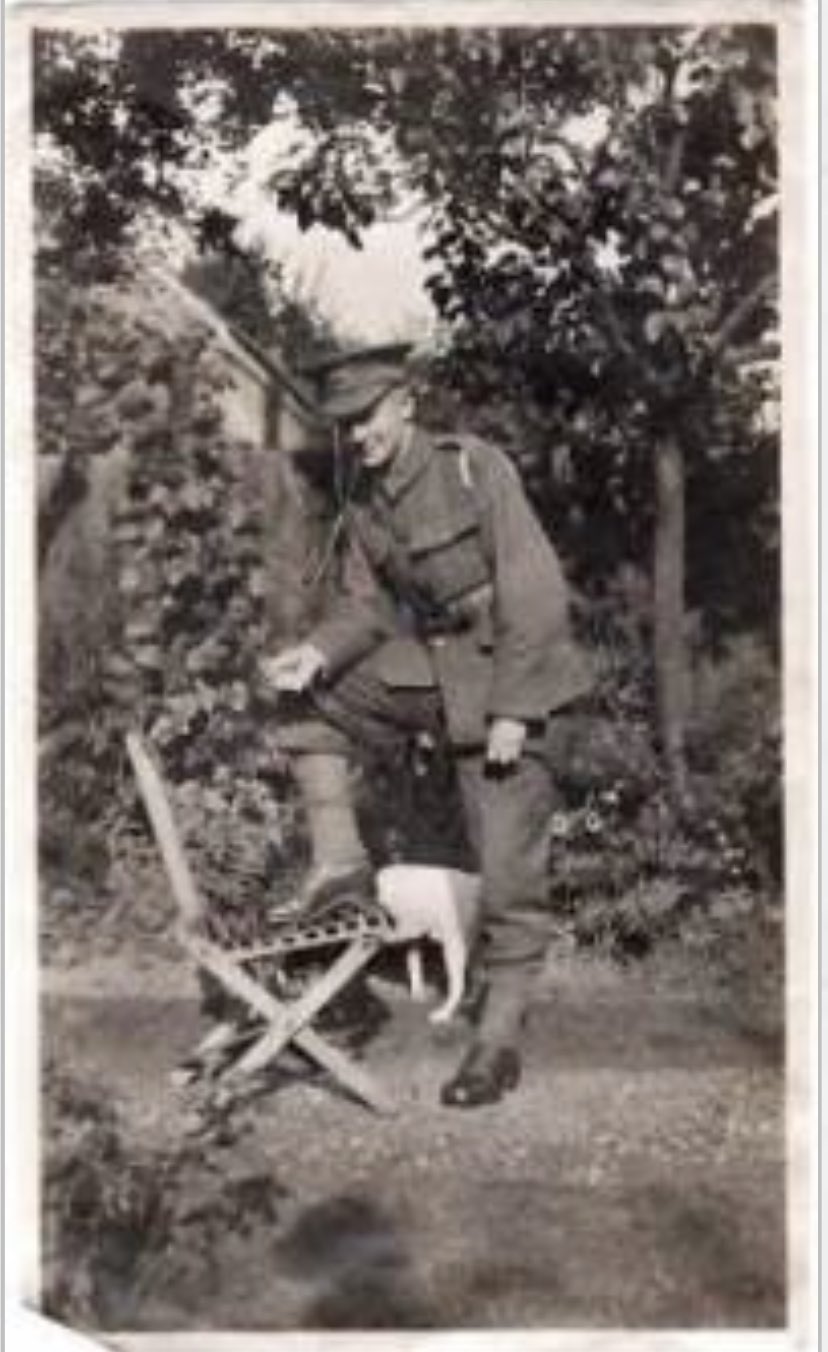A trip for just three days seems a little bit too short when going from Sweden to Belgium, but in this case it was worth it.
Leaving a very stressed situation at work and then directly go on a trip down to the battlefields for a few days can maybe be seen as a thing to keep up the level of stress, but in this case it is just a very nice way of refueling some energy.
I had my list of about 10 places to visit, and I managed to visit almost all of them. Below you will see some facts about the soldiers and places that I visited.
The flight arrived late on friday, and I drove in heavy rain to the hotel in Ypres. The room was facing towards the market square, and gave me a calm feeling, seeing the old Cloth Hall rising in the lights of the square, and I felt it will be a very good start next morning, when going out to the soldiers. I managed to attend to the online meeting with the Great War Group on friday evening which always is of great joy.
The first place I visited was the Oxford Road Cemetery where the Swedish born soldier Charles Anderson is buried. He fought for the Canadian Engineers in the 2nd Tunneling Coy. You can read more about him in an earlier post.



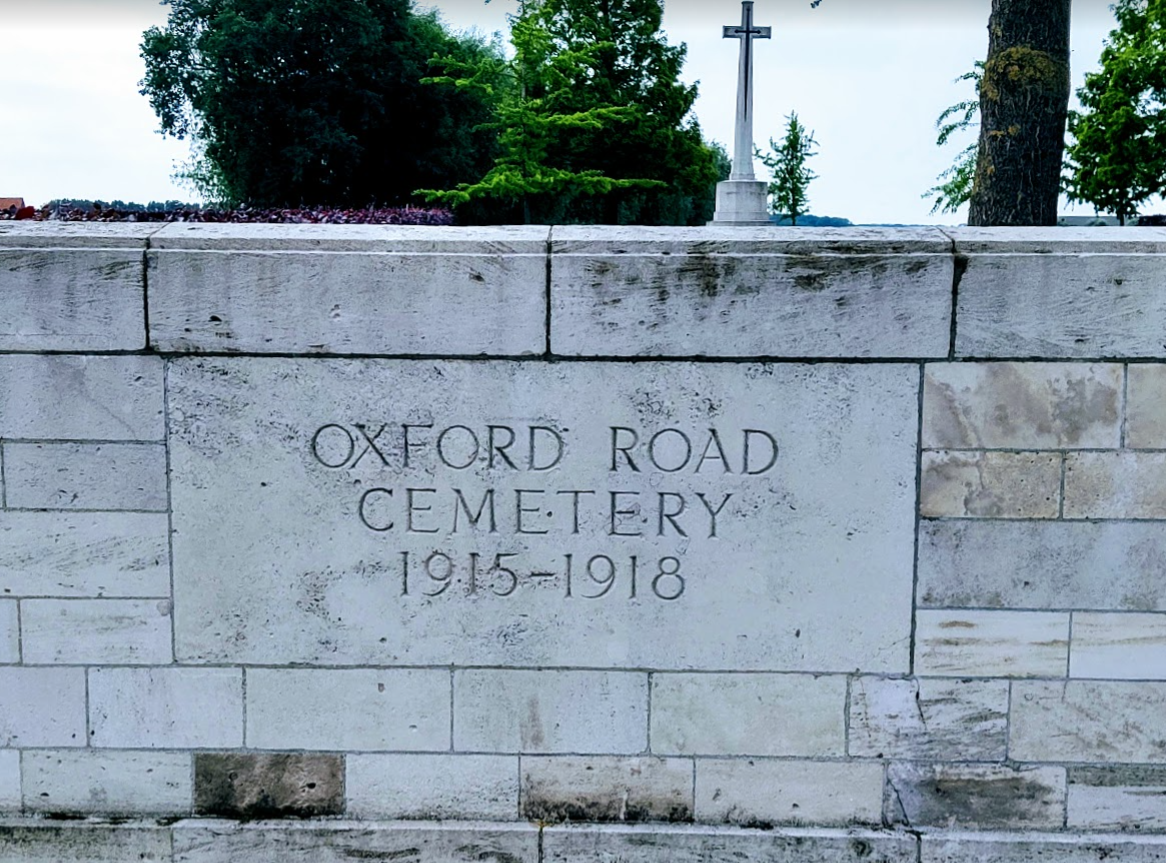
It is always very moving when standing by the headstone, and I always try to photograph them with the little Swedish flag attached, shown in the photo.
From Charles Anderson it was not far to the Passchendaele New British Cemetery where I visited the Swedish born soldier of Andrew John (Anders Johan) Johansson, and the place where he is buried. I was completely alone this morning except for some traffic of farmers on the road outside, and I sat by Andrew John for a while, trying to take in the specific feeling of the area and the spirit of the soldiers buried at the cemetery.



On my way to the next positions I passed the places and the areas where the Swedish born soldiers David Fridengard Carlson and Eric Ostberg fell. David fought for the 42nd Infantry battalion in the Australian Imperial Forces and fell near the Red Line Objective, one of the lines to reach for the troops in the Campaign that day on October 4th, 1917.
Eric Ostberg fought for the 29th Canadian Infantry battalion and fell near the area of Abraham Heights on November 11th, 1917, just west of the large cemetery of Tyne Cot.
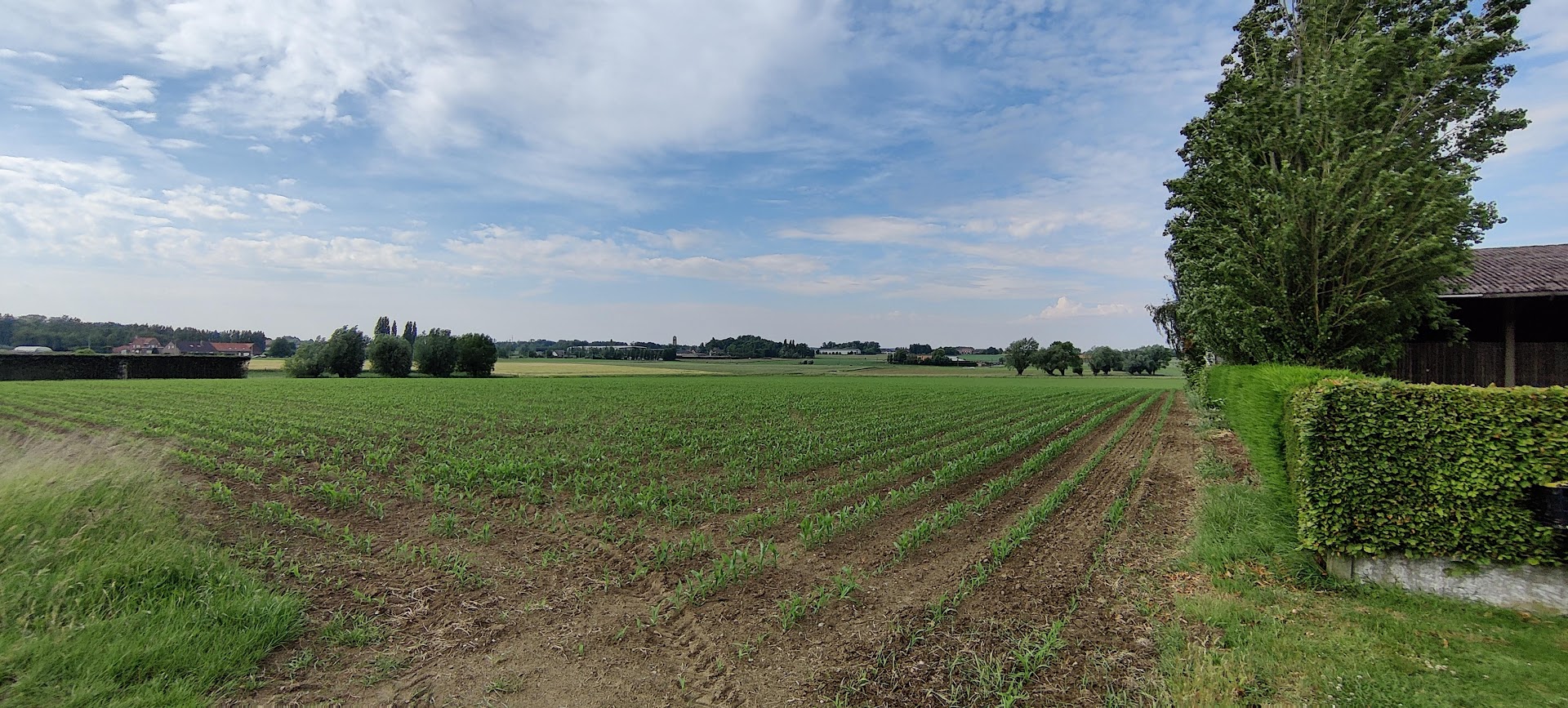
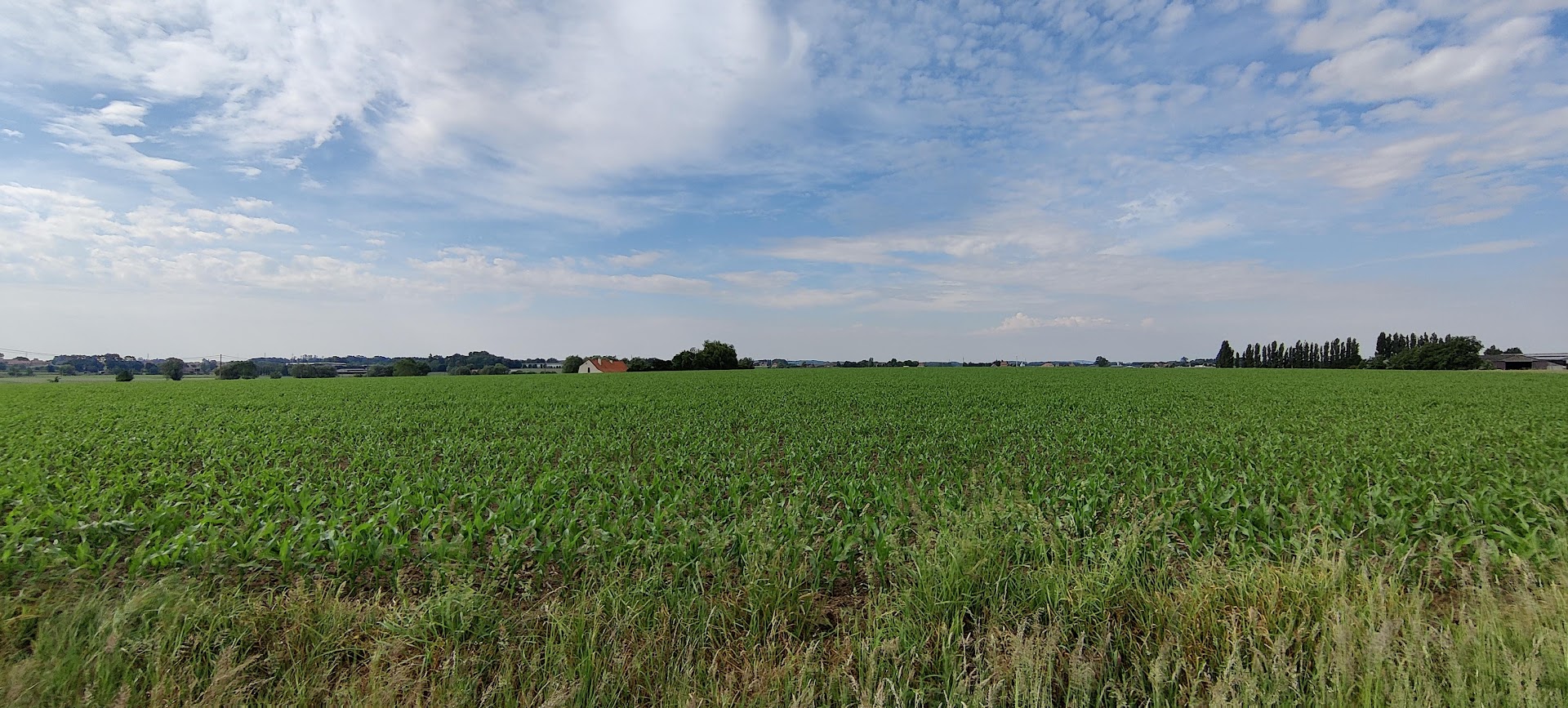

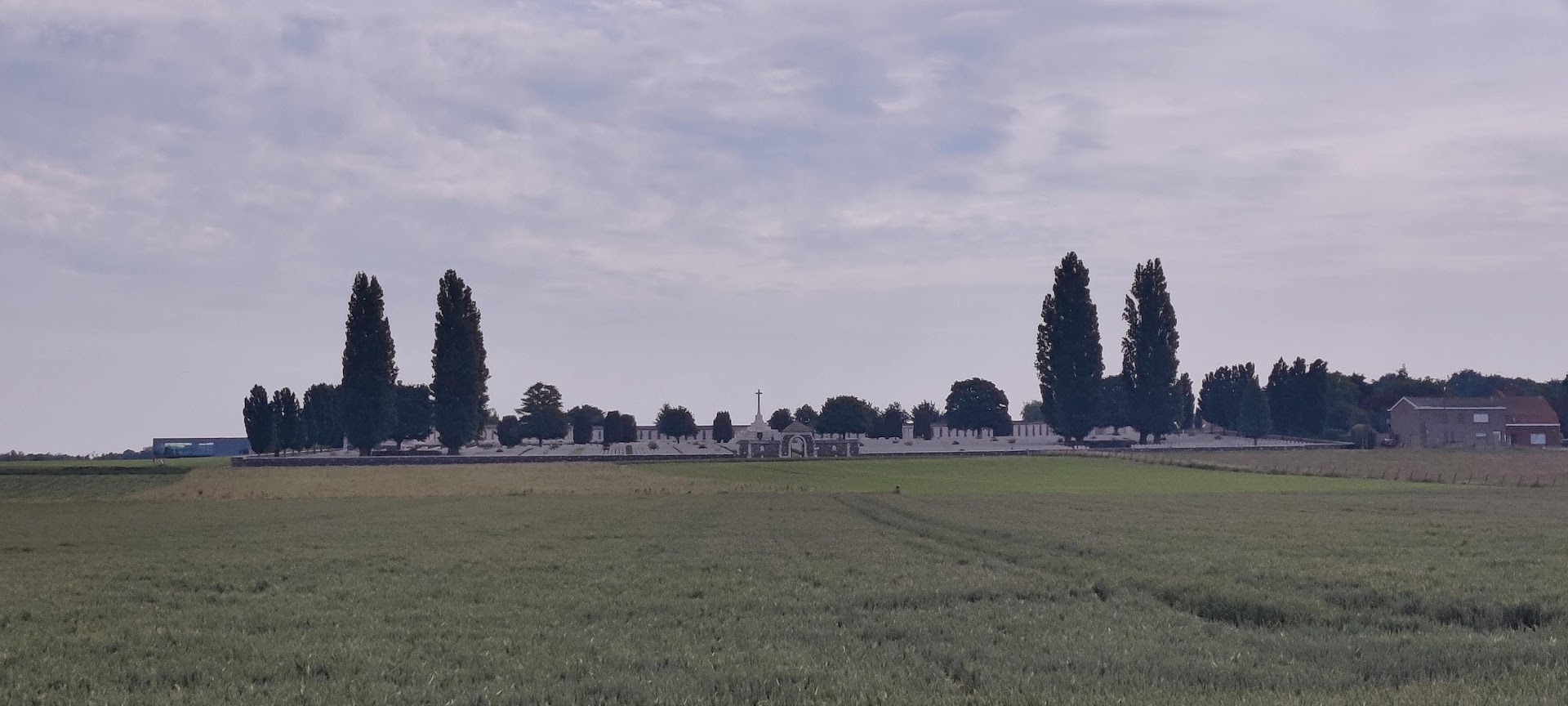
I drove towards Ypres and the took the road down south to the small village near the border to France, Ploegsteert, and visited the resting place of the Swedish born soldier John Mattson. He is buried at the Berks Cemetery Extension which is placed near the Ploegsteert Memorial to the Missing.
You can really feel the presence of the soldiers when you walk around the area. John fought for 8th Australian Infantry battalion, but I have not yet been able to find any information about in which area John fell that day of June 29, 1916. It was a great feeling to commemorate him in this area.
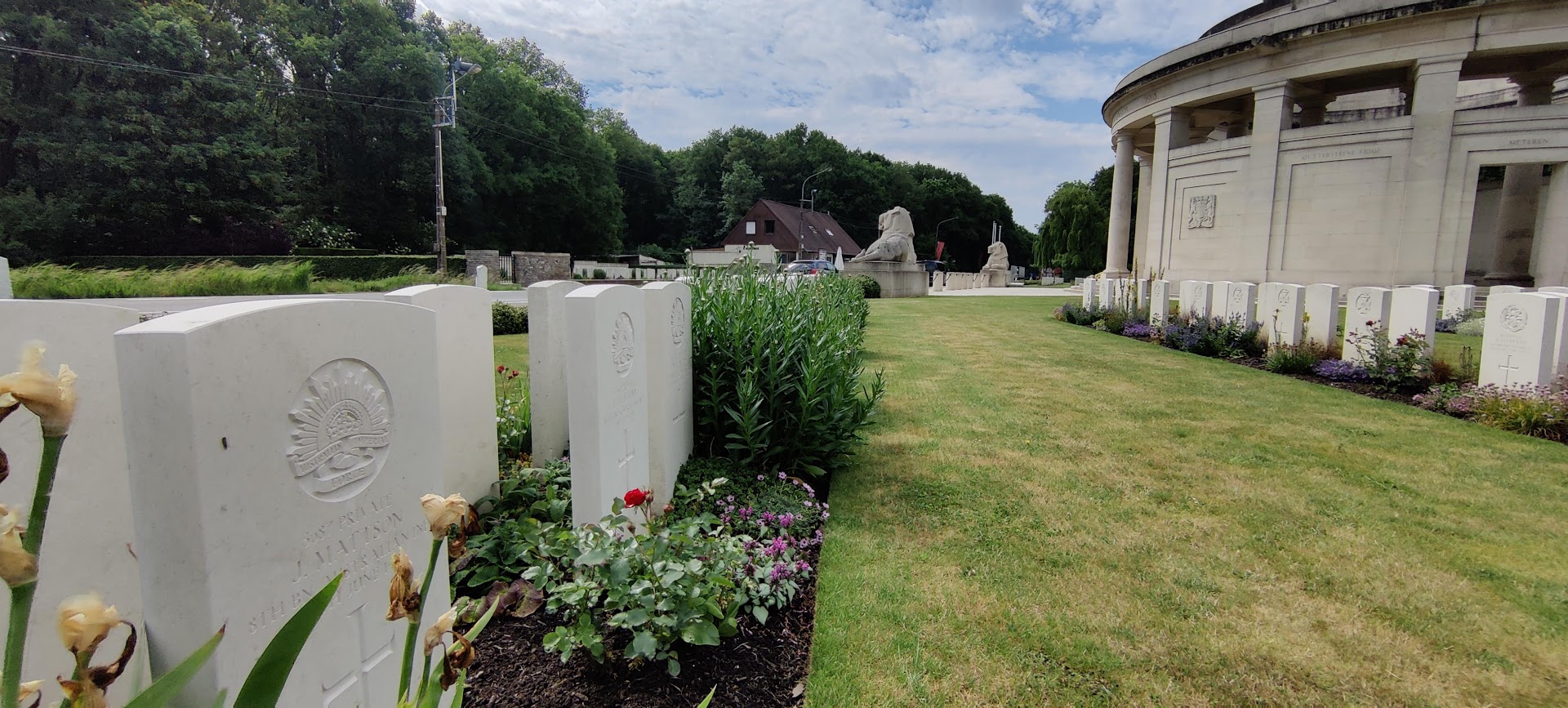
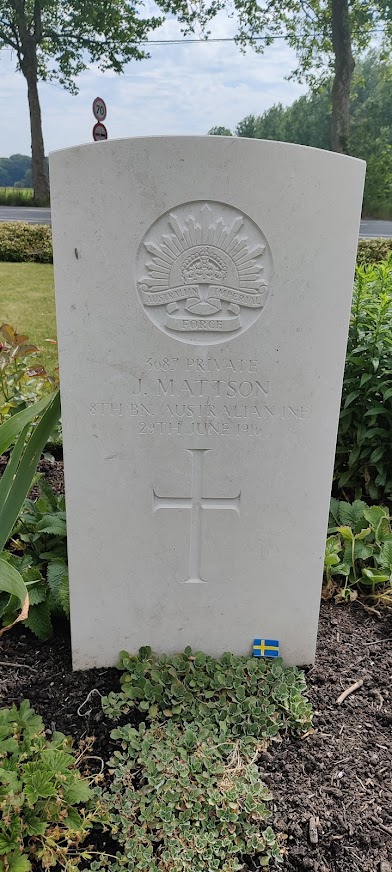
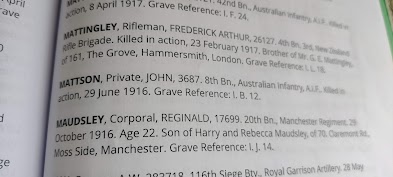
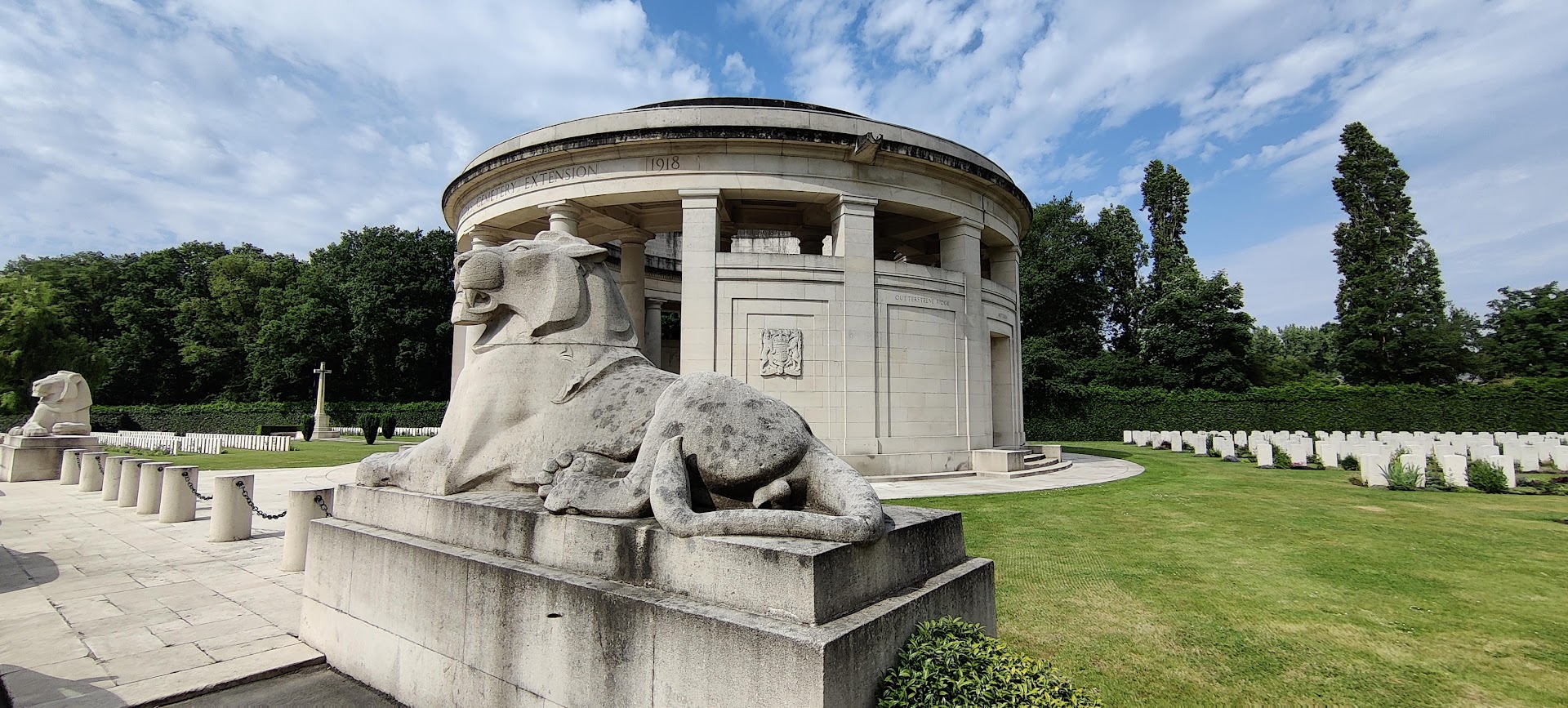
On saturday evening I attended to the last post ceremony in Ypres, which always is a great moment of peace, listening to the signal, and see the people who are there to visit the Memorial and its surroundings.
Every time I am at the Menin Gate Memorial I try to visit one of so far 20 Swedish born soldiers who have their names on the walls, and this time I visited the soldier who made me start this project, Oscar Wikstrom, who can be found on panel 29, among the other names of those from the 50th Australian Infantry battalion who doesn’t have their own grave.

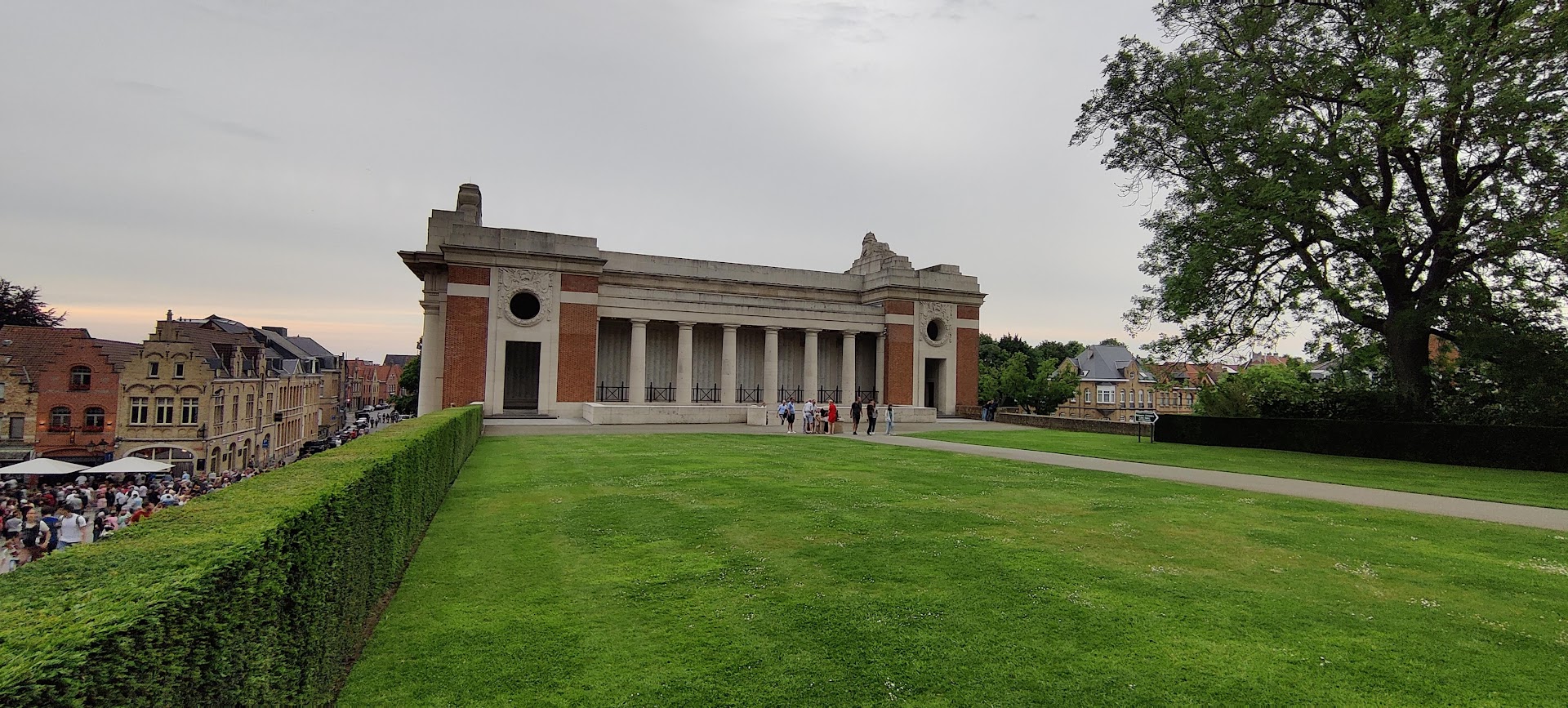

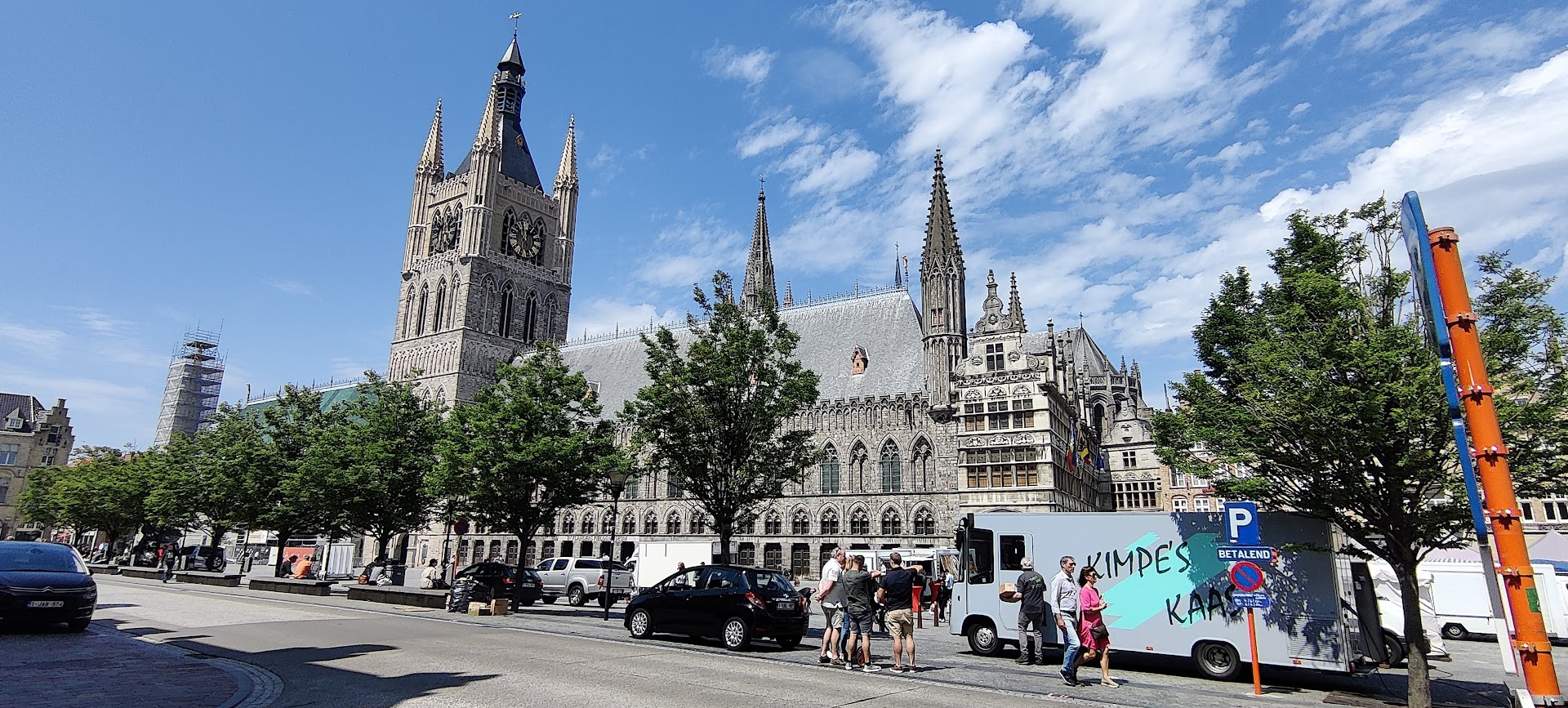
On Sunday morning I decide to visit the area of Sanctuary Wood to locate the area where the Swedish born soldier Louis John (Lars Johan) Engstrom is assumed to have fallen on one of the days between 2nd and 5th of June, 1916. He probably fell in the area between Maple Copse and Sanctuary Wood, according to the unit diary of the 1st Canadian Mounted Rifles.
At this moment I also took the opportunity to try the Digital Trench Map tool from Great War Digital, which worked excellent. On the trench map picture below you can see some of the trenches that were present in the area at that time. (red lines). My position on the map is the red circle.



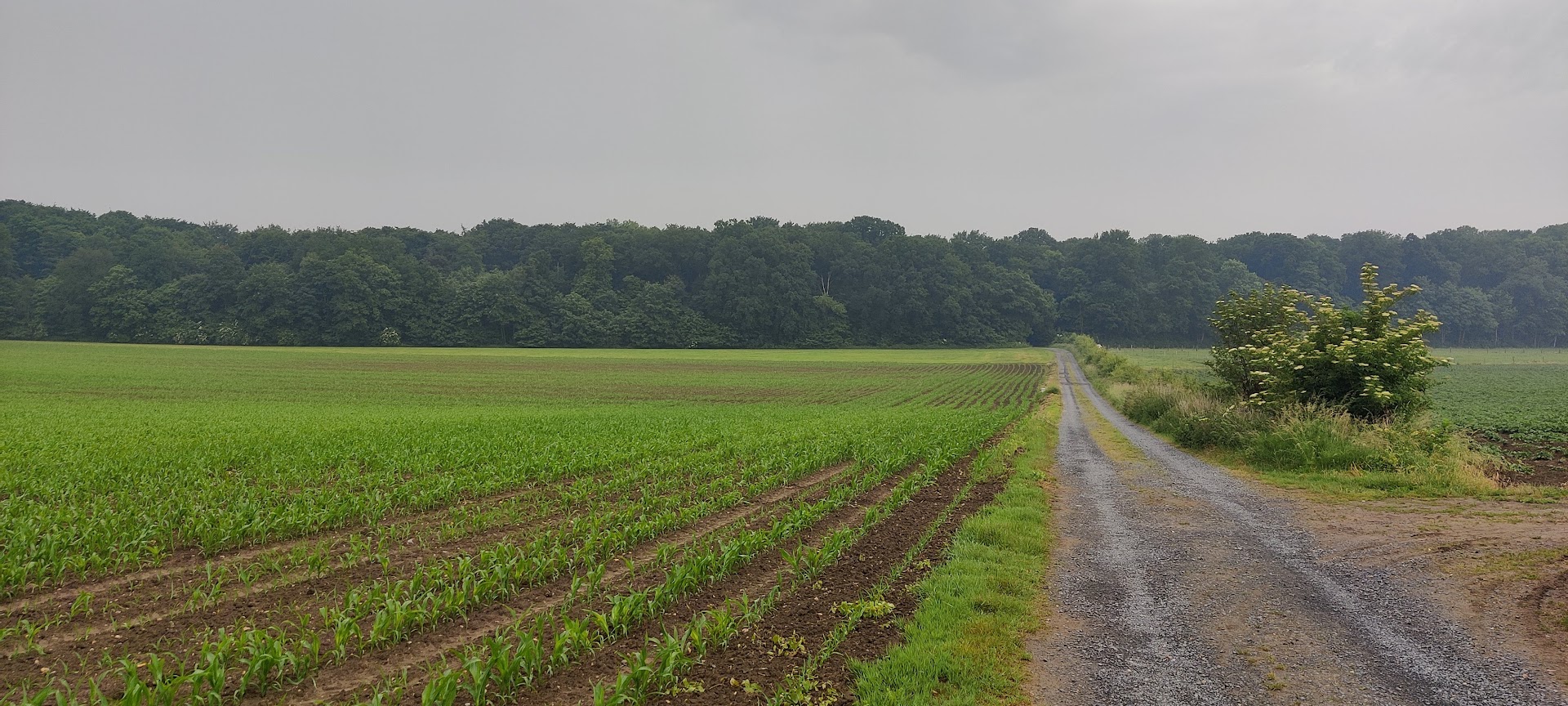
I went back to Brussels Airport knowing that I will be back in July this year, and will then also start to visit the Swedish born soldiers who are having their last resting places in the Somme area in France.
But I will also be back in Belgium, to visit this very beautiful part of West Flandern, which I feel so strong connected to. Who knows, maybe I have lived here in an earlier life? We will never know.

